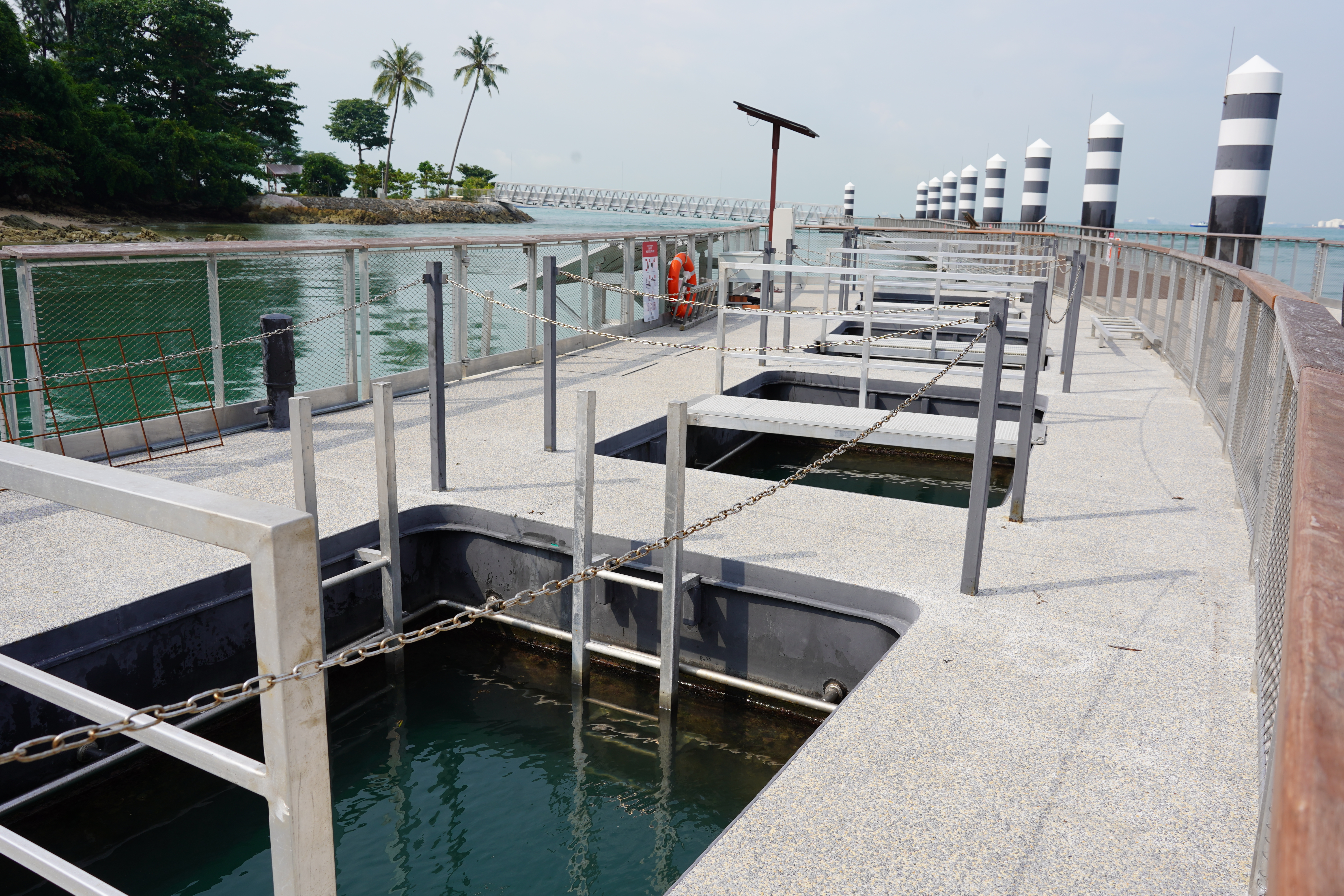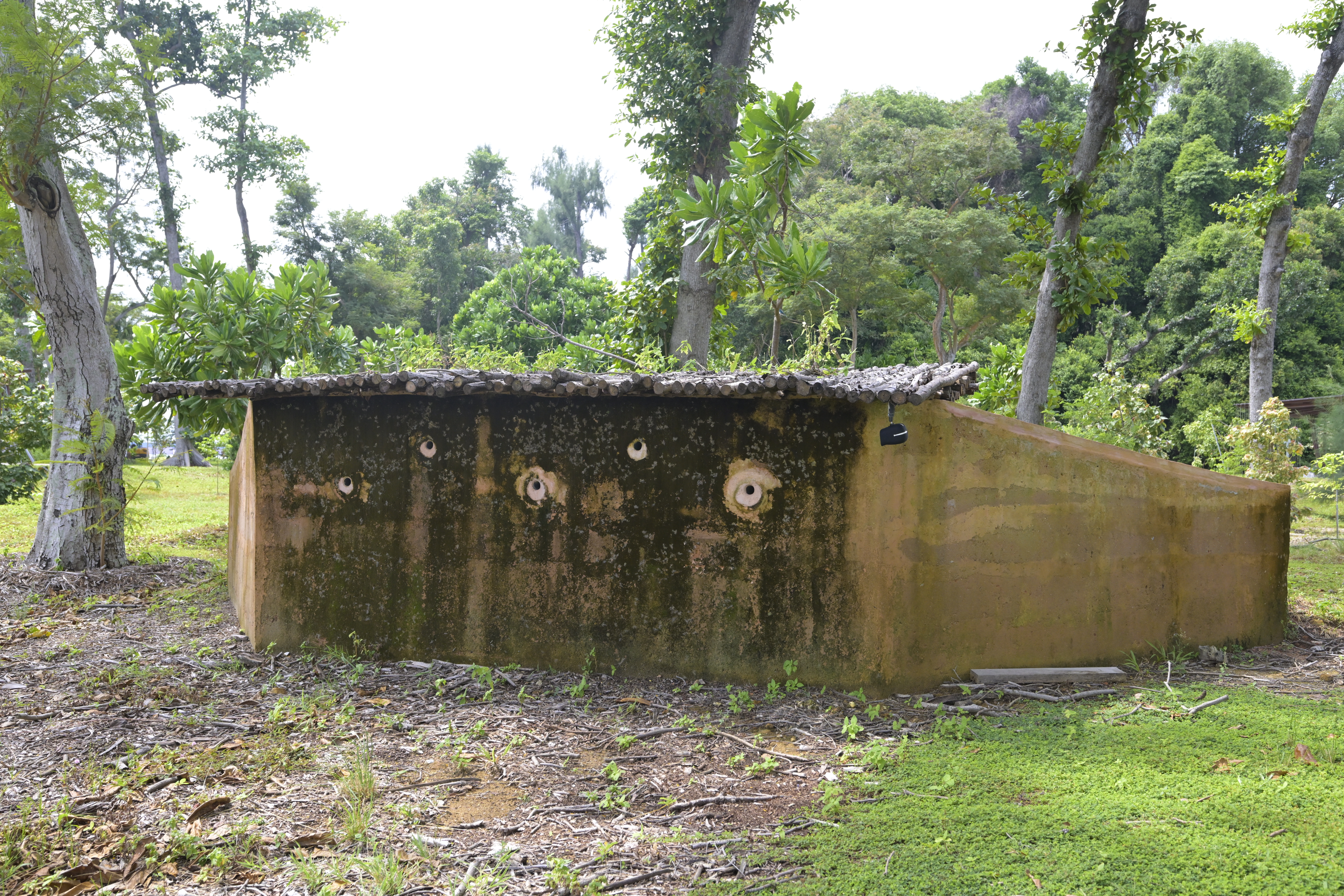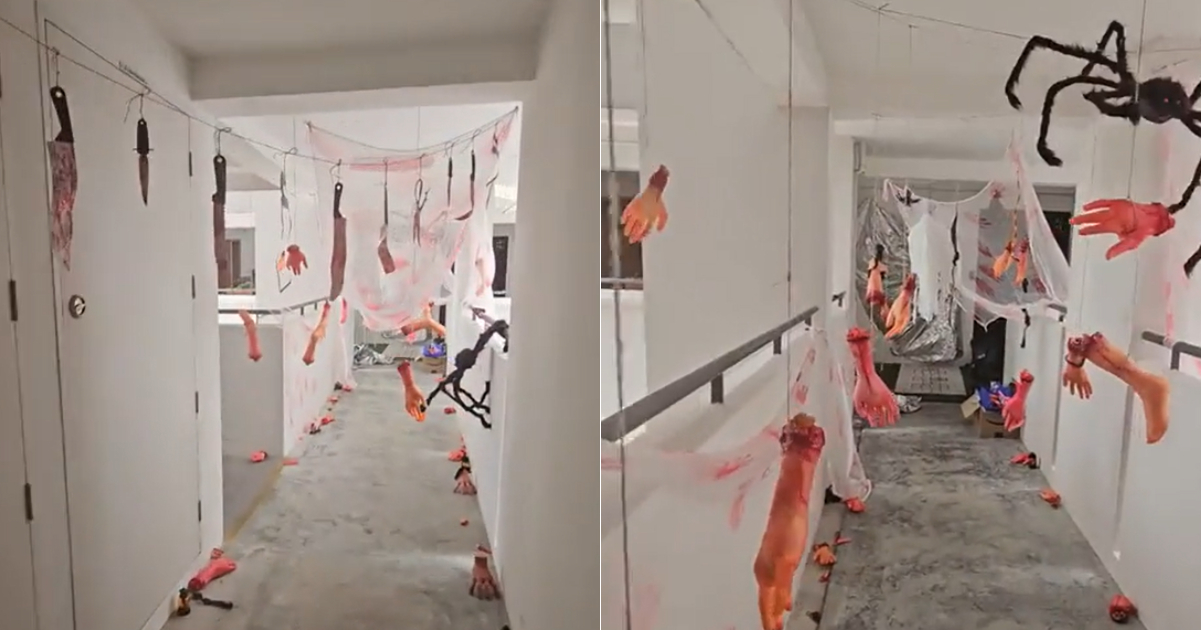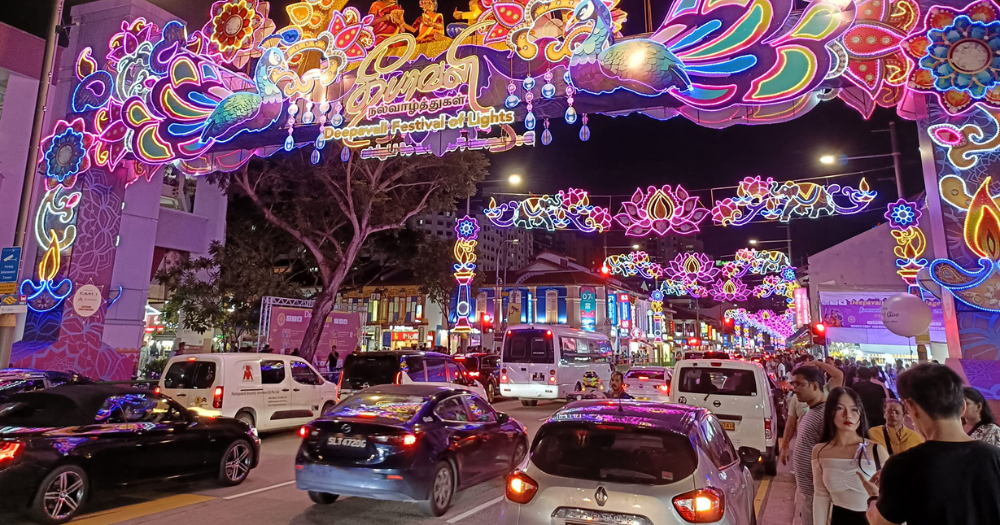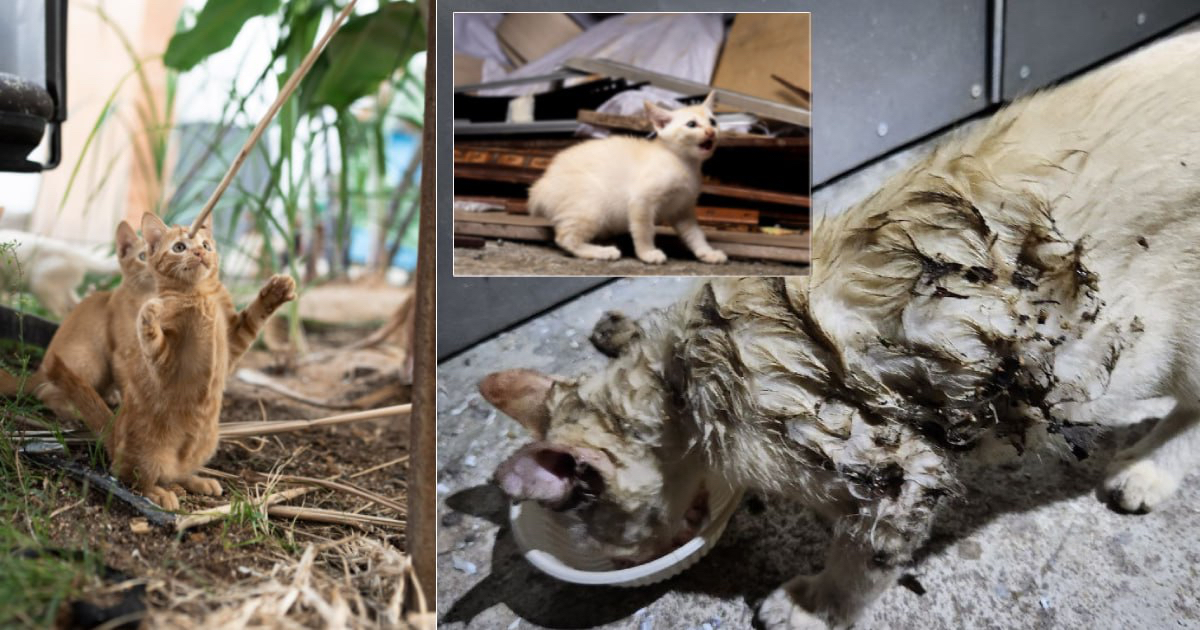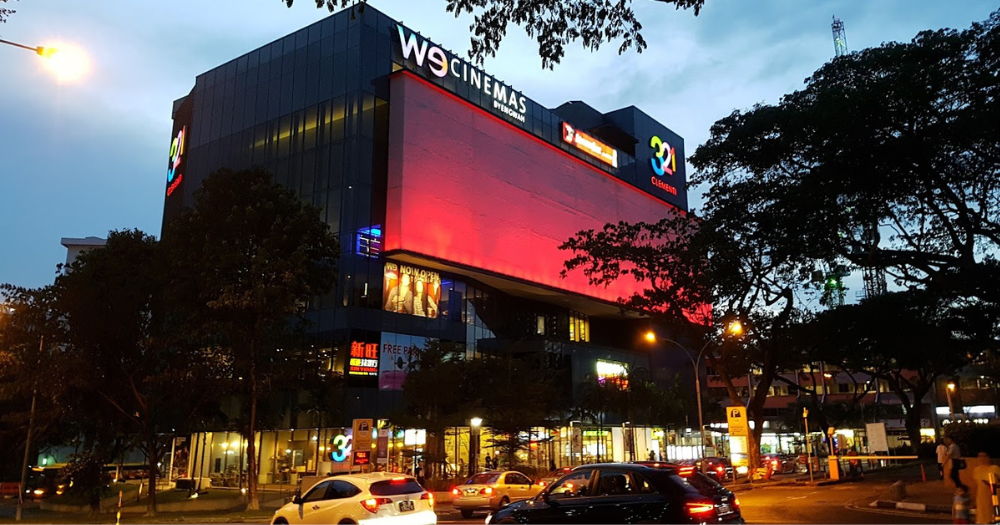Revamped Sisters' Islands Marine Park opens to public, has floating boardwalk, lagoons & 230m coastal trail
Only Big Sister's Island is open to public for recreational purposes.
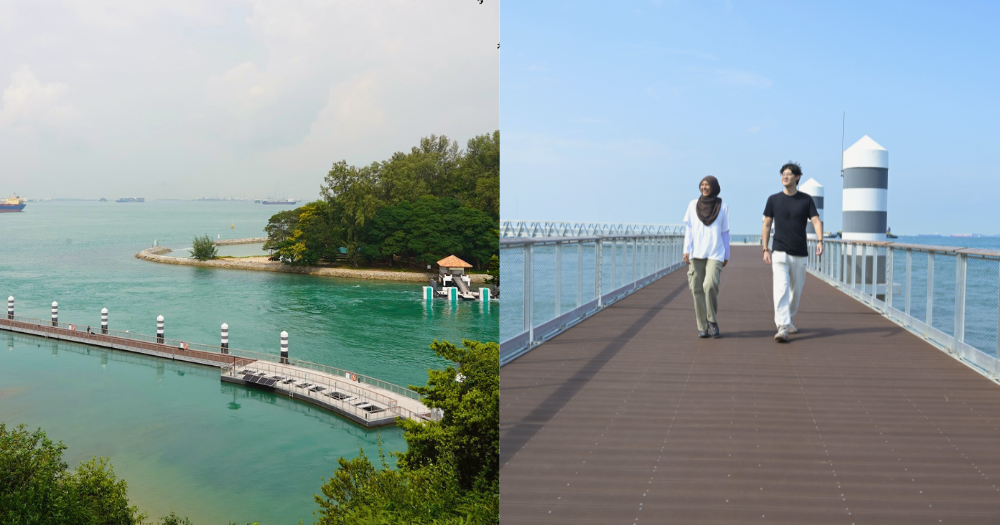

Sisters' Islands Marine Park is finally ready to welcome visitors onto its shores after a three-year closure.
This was announced by Minister for National Development Desmond Lee at an opening event on the island on Oct. 28.
"We should not take our rich marine biodiversity for granted. Events such as oil spills and coral bleaching are a sobering reminder of just how vulnerable our marine ecosystems are," stressed Lee, citing recent oil spill incidents in Singapore.
The marine park comprises Big Sister's and Small Sister's Islands, as well as the western reefs of St John's Island and Pulau Tekukor.
Spanning about 40 ha, the two islands have been closed since 2021.
Now, visitors to Big Sister's Island can enjoy new park features such as boardwalks, trails, a birdwatching deck and lagoon pools to explore through intertidal walks.
Small Sister's Island will continue to be closed to the public, and will instead be zoned for conservation and research purposes, as proposed by members of the Friends of Marine Park community.
Nonetheless, Big Sister's Island offers plenty to explore.
Here's a look at what you can expect to see there:
What's on Big Sister's Island
To reach Big Sister's Island, otherwise known as Pulau Subar Laut, one will first need to board a ferry from Marina South Pier Ferry Terminal.
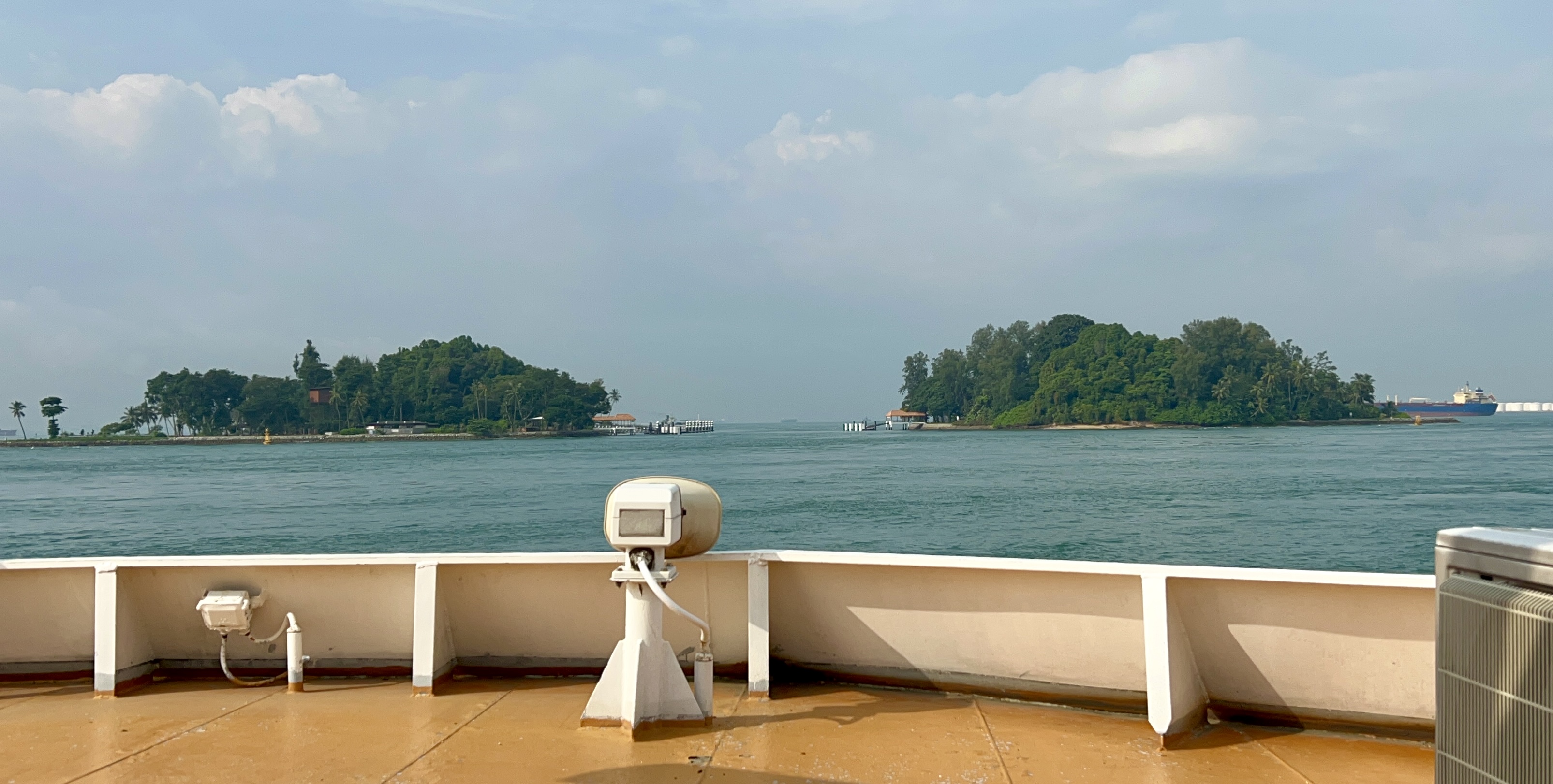 Big Sister's Island (left) and Small Sister's Island (right). Photo by Natalie Ong
Big Sister's Island (left) and Small Sister's Island (right). Photo by Natalie Ong
The entire ferry ride will take slightly over 30 minutes with a stop at neighbouring St John's Island, though the duration is subject to the ferry operator chosen and weather conditions.
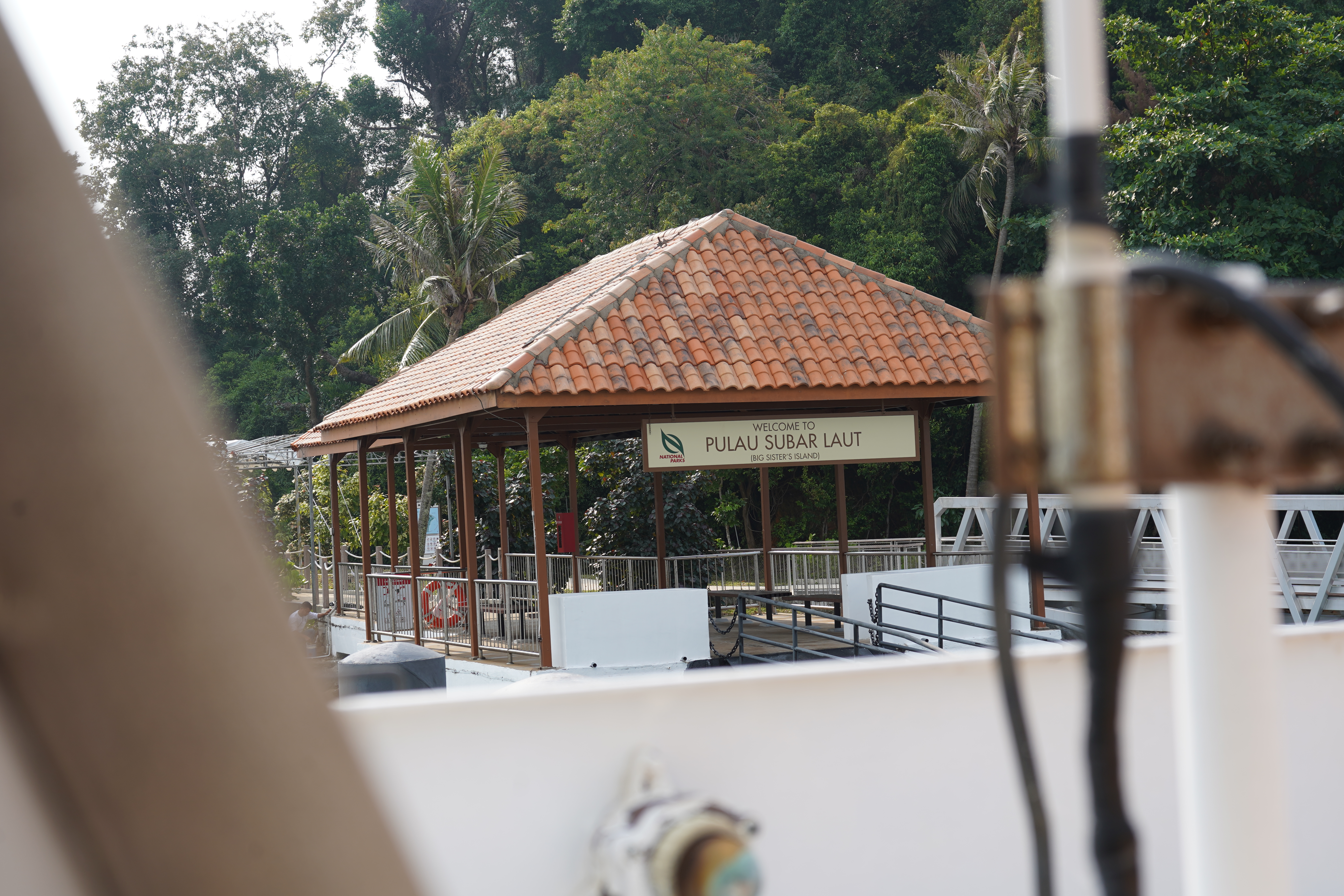 Photo by Natalie Ong
Photo by Natalie Ong
There, you'll be greeted by floor imprints of marine life, and a wide pavilion adorned with rain chains featuring turtles, fish and octopus.
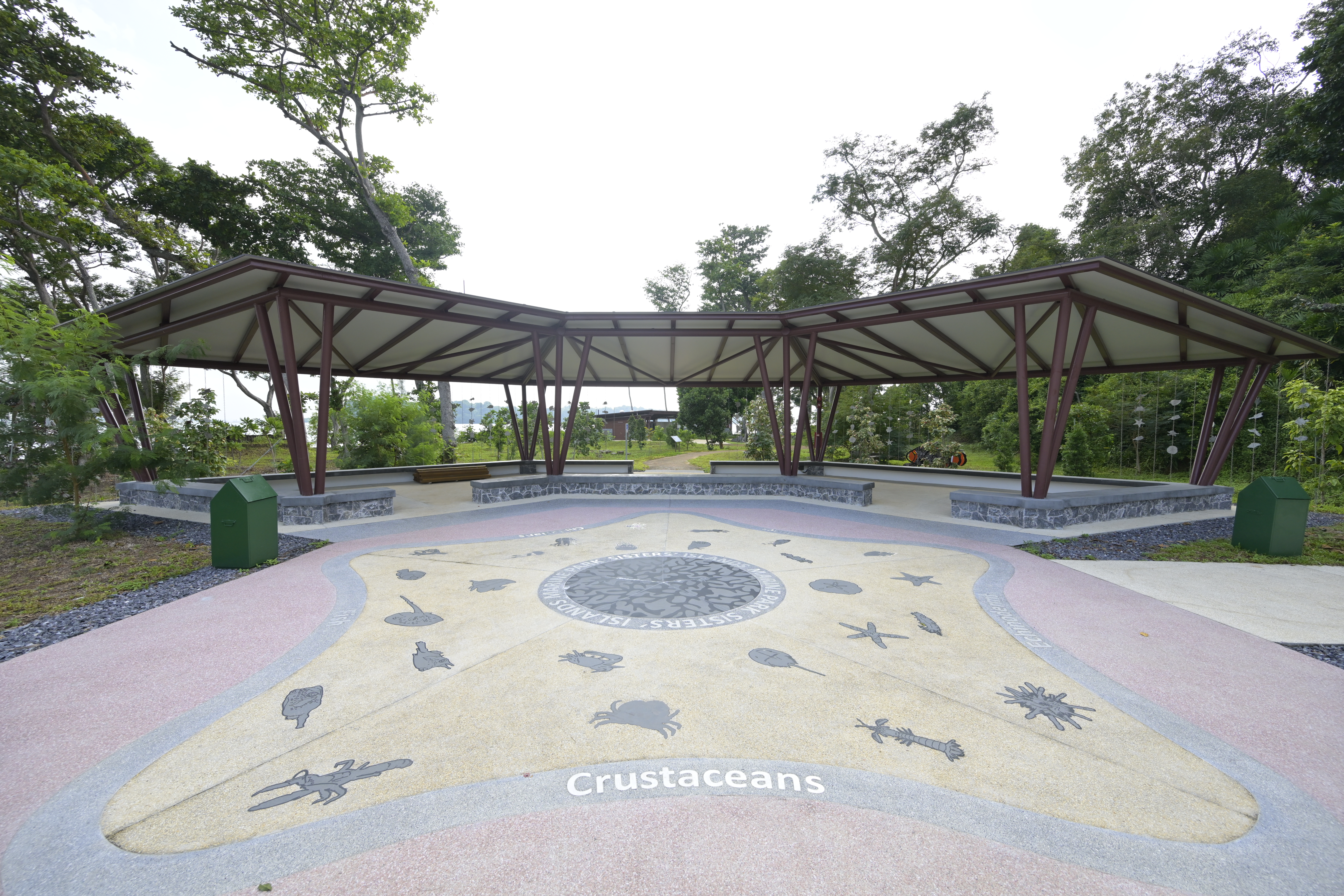 Photo from NParks
Photo from NParks
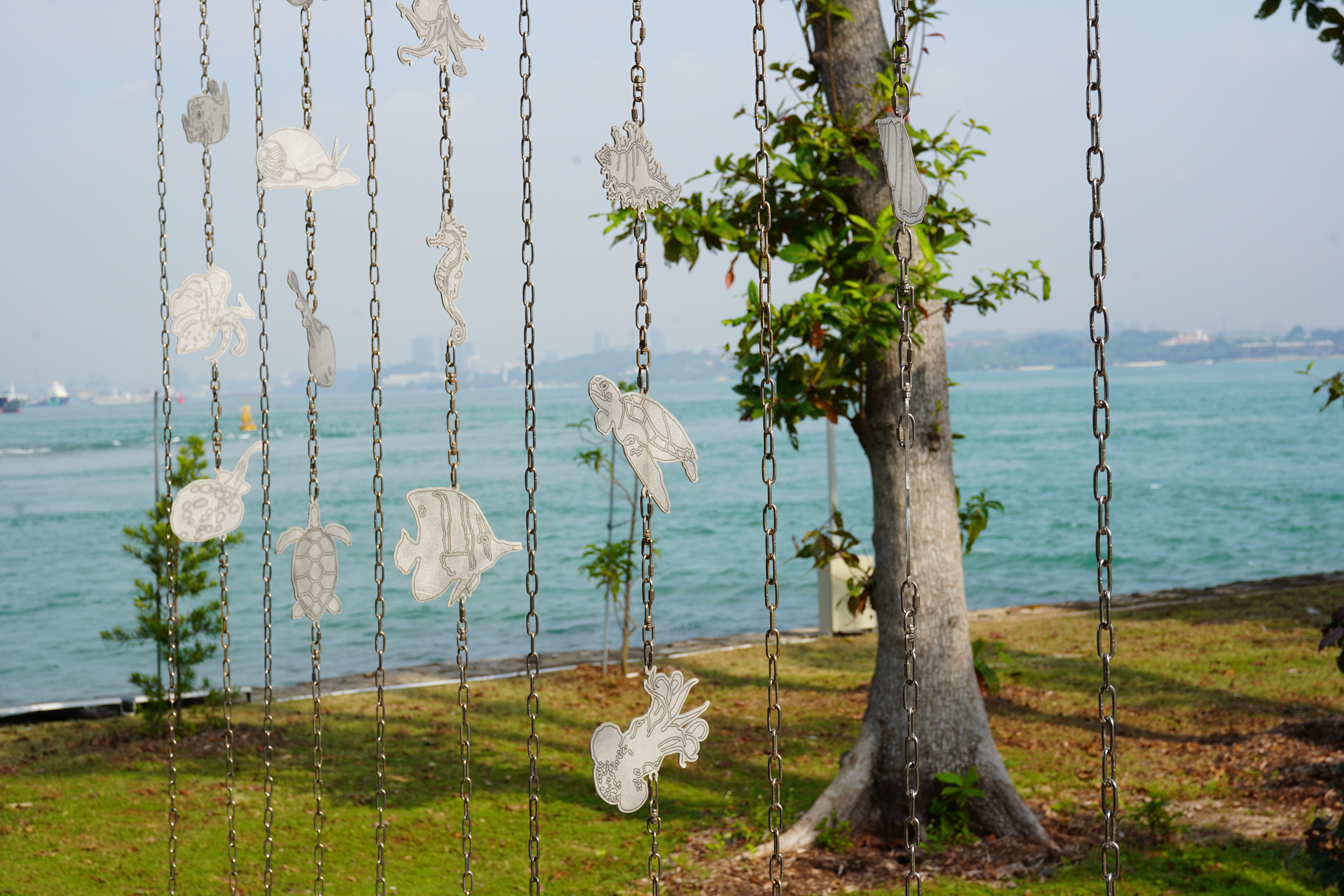 Photo by Natalie Ong
Photo by Natalie Ong
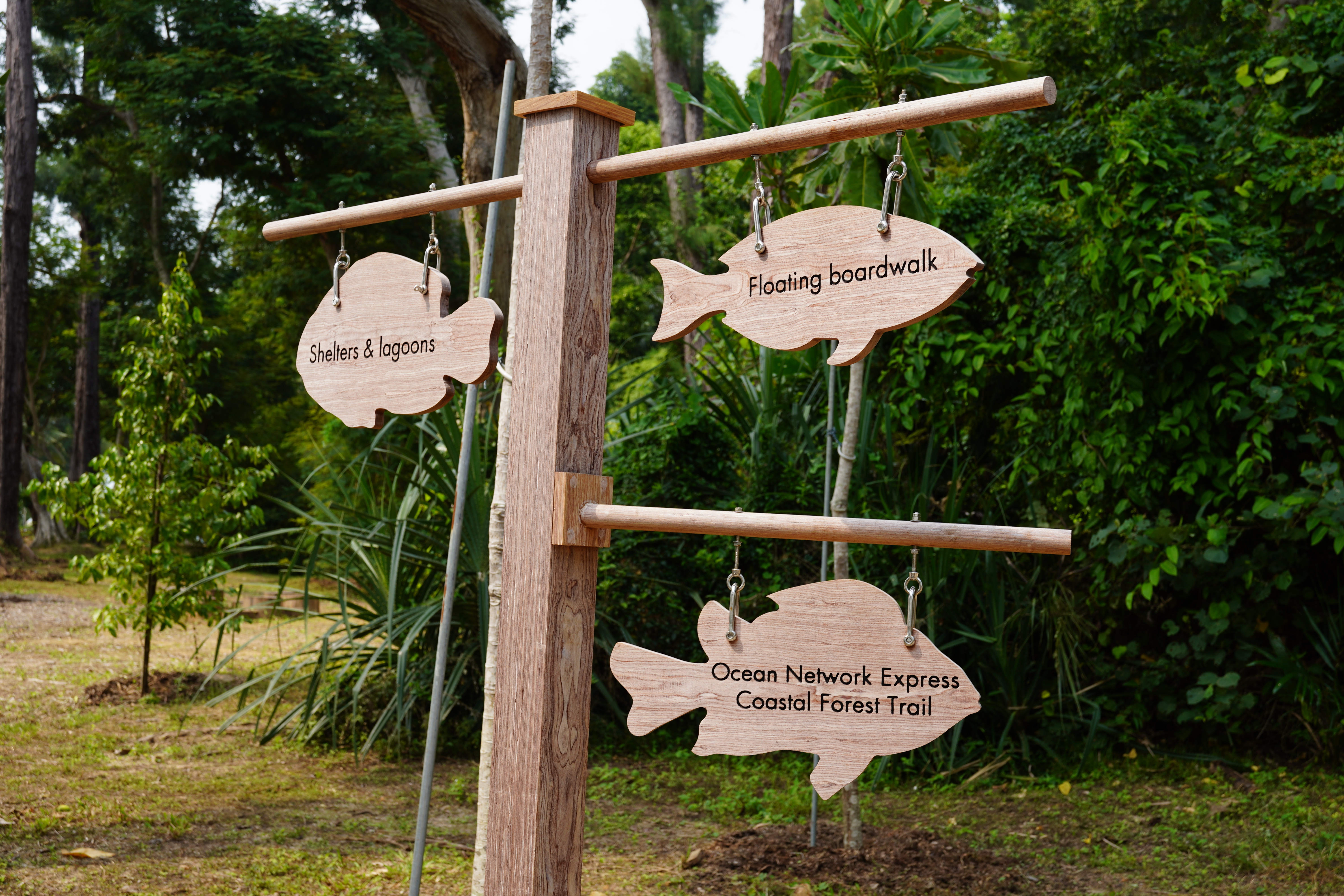 Photo by Natalie Ong
Photo by Natalie Ong
1. Floating boardwalk and coral nursery
Located right next to the jetty is a 220m boardwalk that will rise and fall with the tides.
Designed for visitors to get a glimpse of marine biodiversity up close and personal, one needs only to peer over their shoulder to admire a coral panel or look into a moon pool.
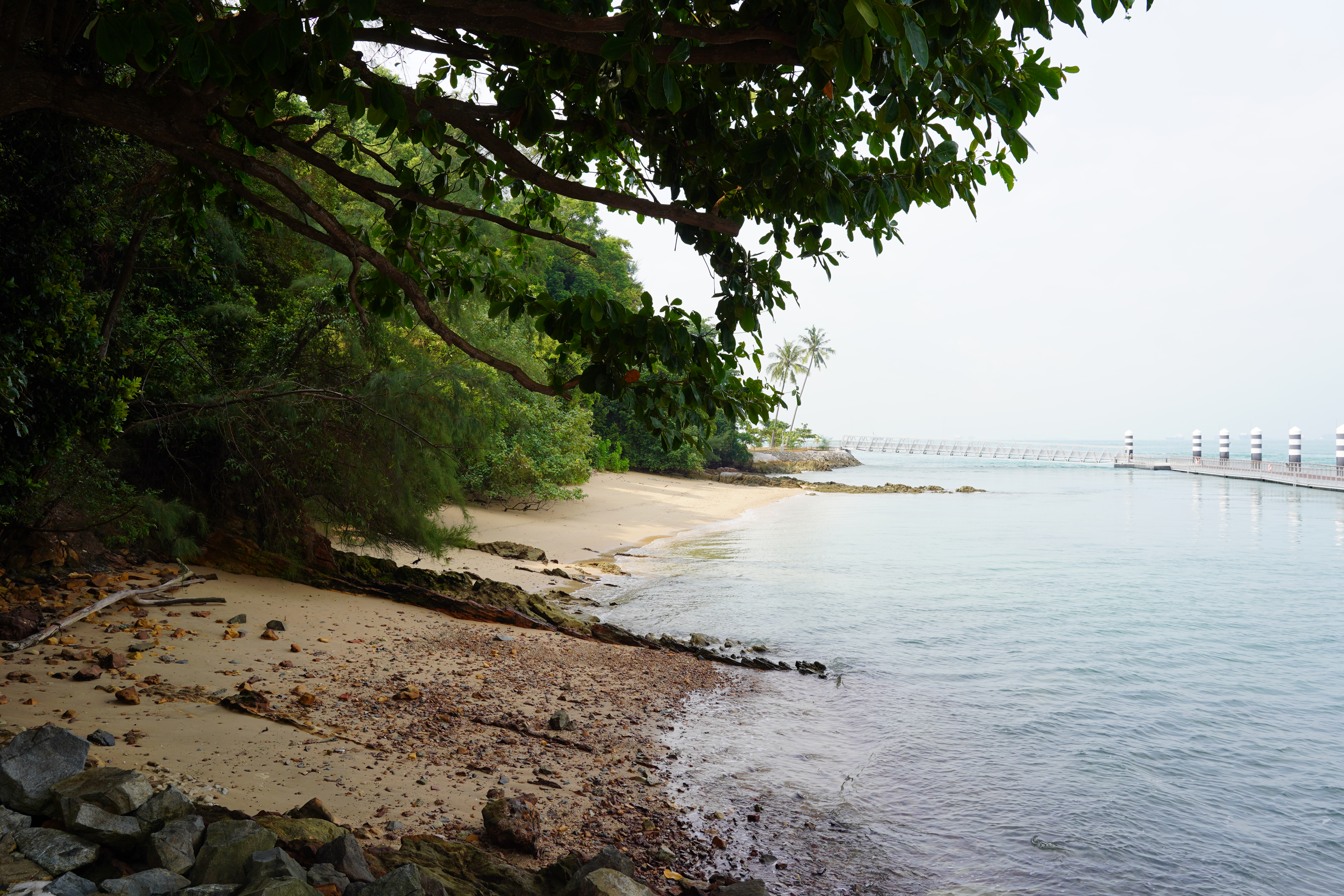 Photo by Natalie Ong
Photo by Natalie Ong
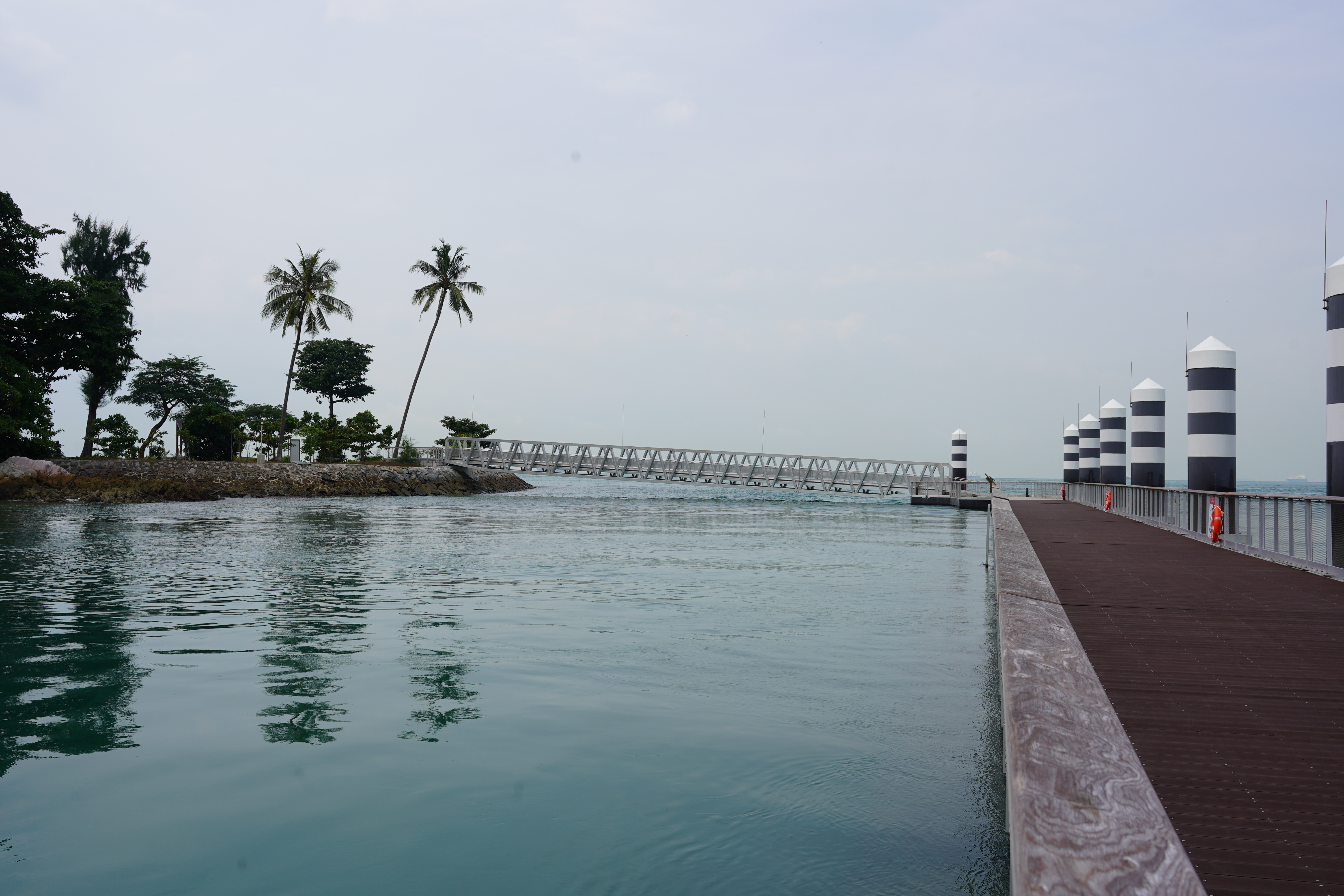 Photo by Natalie Ong
Photo by Natalie Ong
Lined with 63 panels on both sides of the walkway, visitors will be able to see numerous corals on the panels.
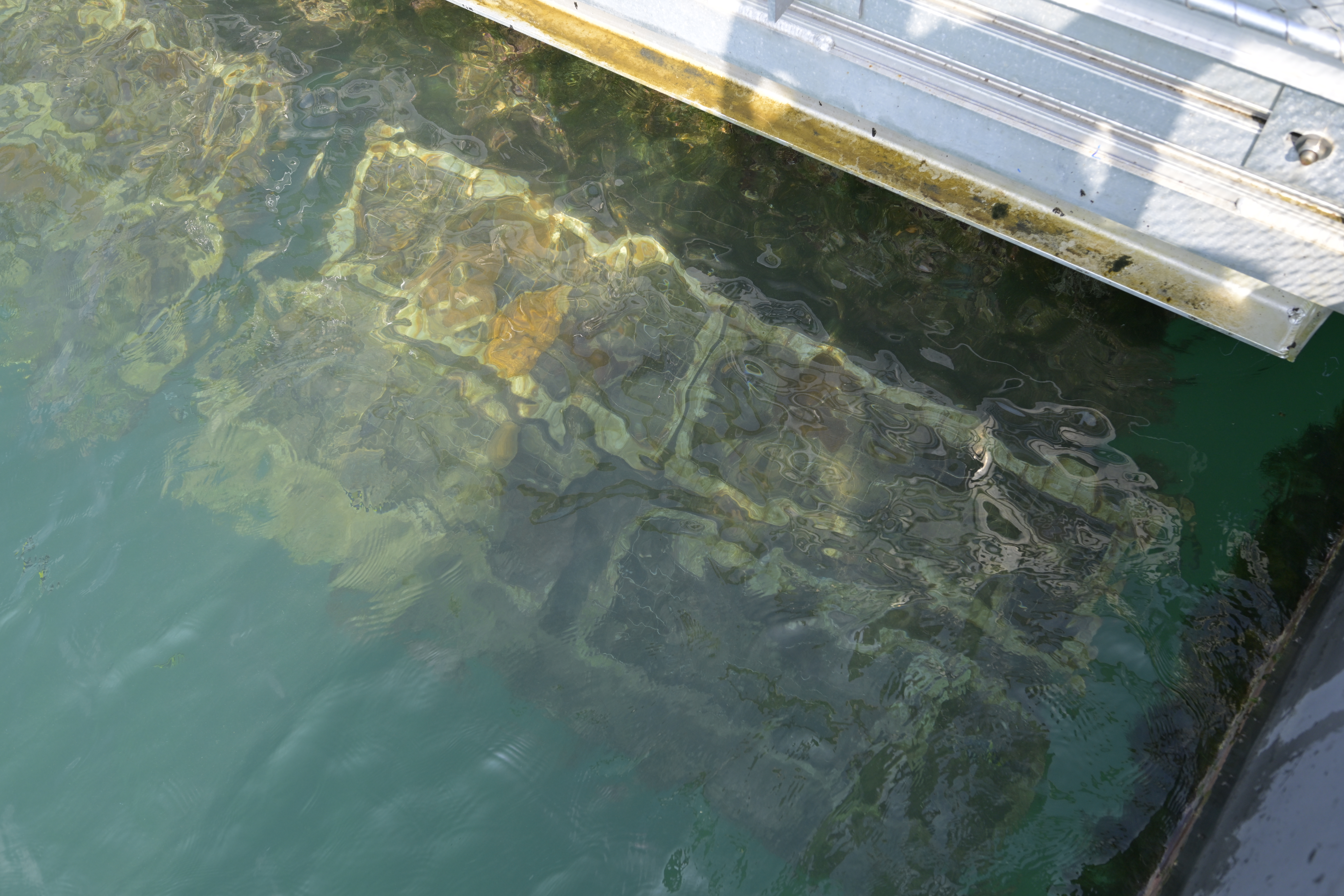 Photo from NParks
Photo from NParks
These panels also double up as a coral nursery and serve as a substrate for corals, or more habitats for marine biodiversity.
Along the boardwalk are five square-like openings, called moon pools. These allow for marine experiments to be carried out in a field setting amidst calmer and gentler waters.
2. Lagoon tidal pools
Supported by a donation of S$1 million from Singtel through the Garden City Fund, one of the two existing lagoons on the island has been enhanced into a tidal pool that allows for seawater to be retained during low tides.
A seawall was constructed across the entrance of the lagoon, creating a sheltered water body that encourages mangrove propagation and seagrass growth.
The seawall also prevents waves from eroding the lagoon beach.
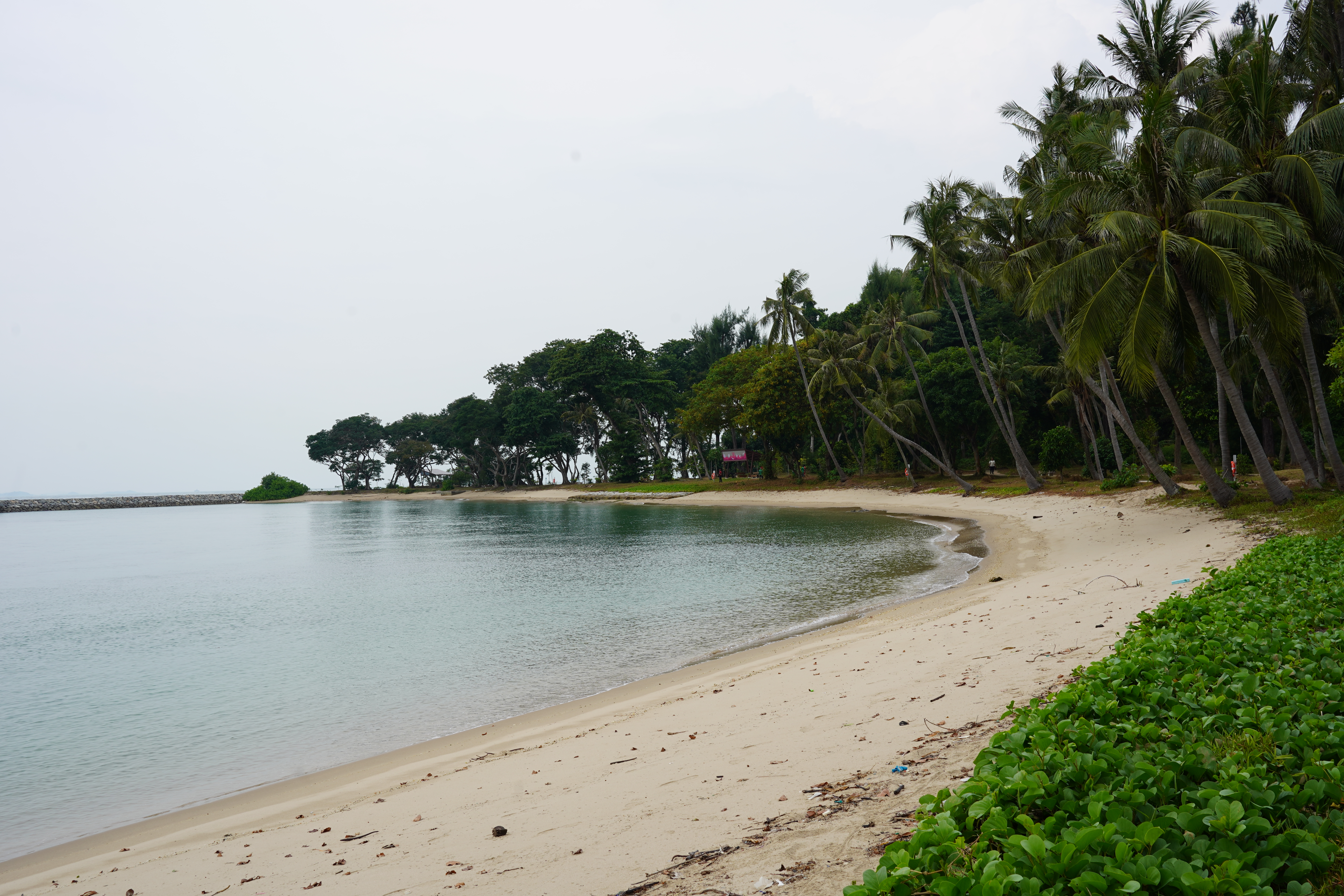 Photo by Natalie Ong
Photo by Natalie Ong
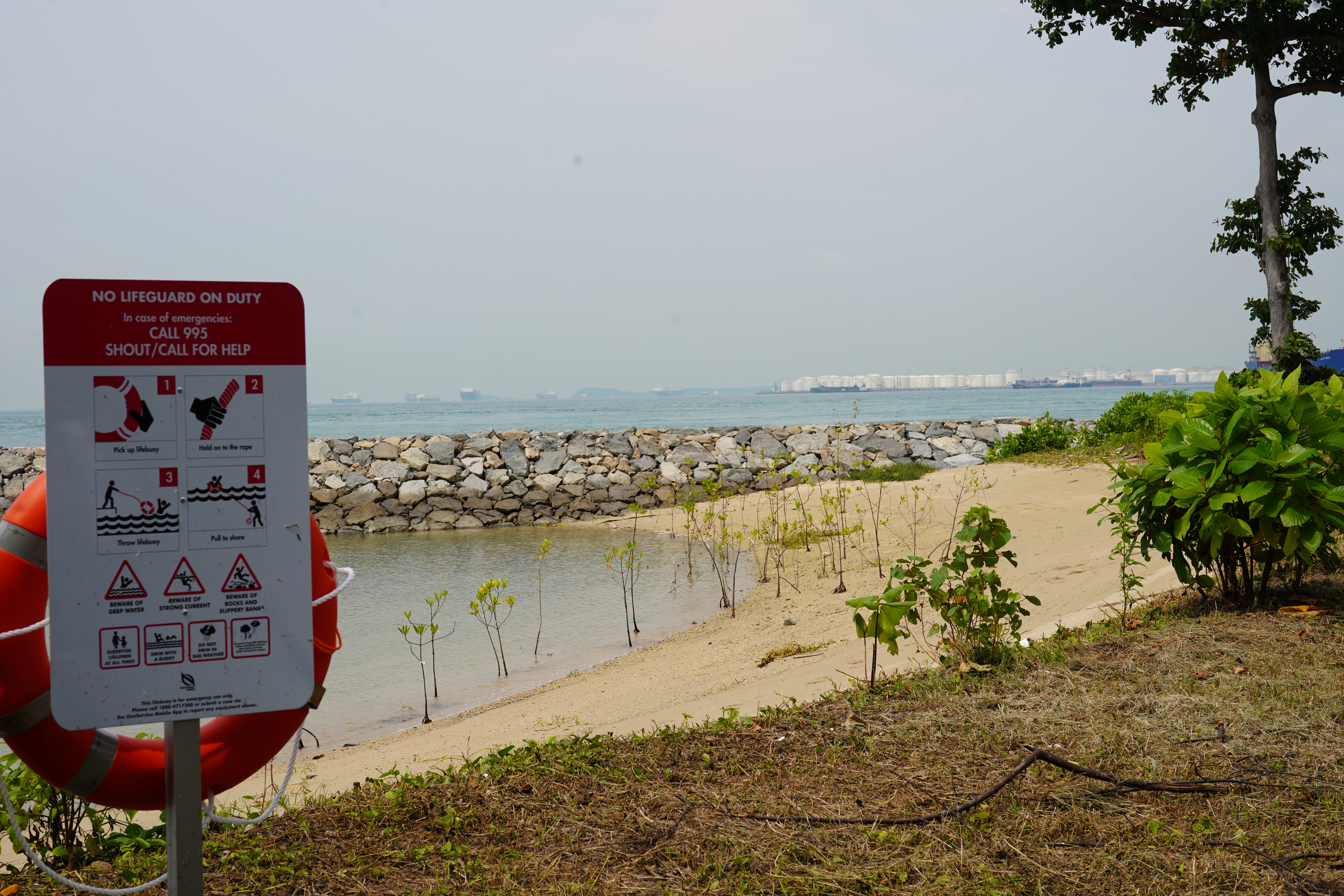 Photo by Natalie Ong
Photo by Natalie Ong
Over time, the tidal pool will mature into a multi-habitat ecosystem — seagrass, corals, mangrove and coastal habitats — that can support a wide range of marine life.
During low tide, visitors can check out the underwater flora and fauna via intertidal walks in the lagoon.
These can also be observed through underwater camera.
4. Ocean Network Express Coastal Forest Trail
As part of enhancement efforts, a 260m coastal forest trail has also been developed.
Elevation wise, you'd be approximately six to seven storeys higher than before.
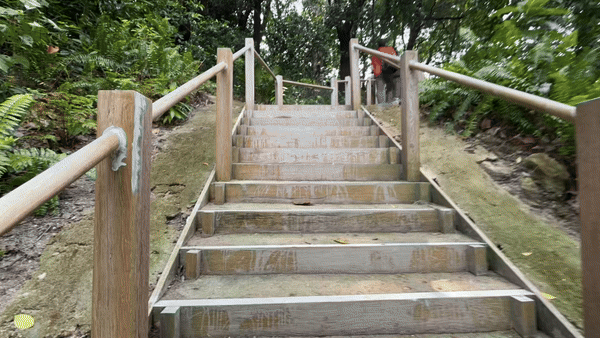
Alongside the trail, you'd be able to see critically endangered coastal plant species such as Putat Laut (Barringtonia asiatica) and Penaga Laut (Calophyllum inophyllum) as well.
In the name of sustainability, recycled hoses, donated by the Singapore Civil Defence Force, were also utilised as barriers to guide people on their path.
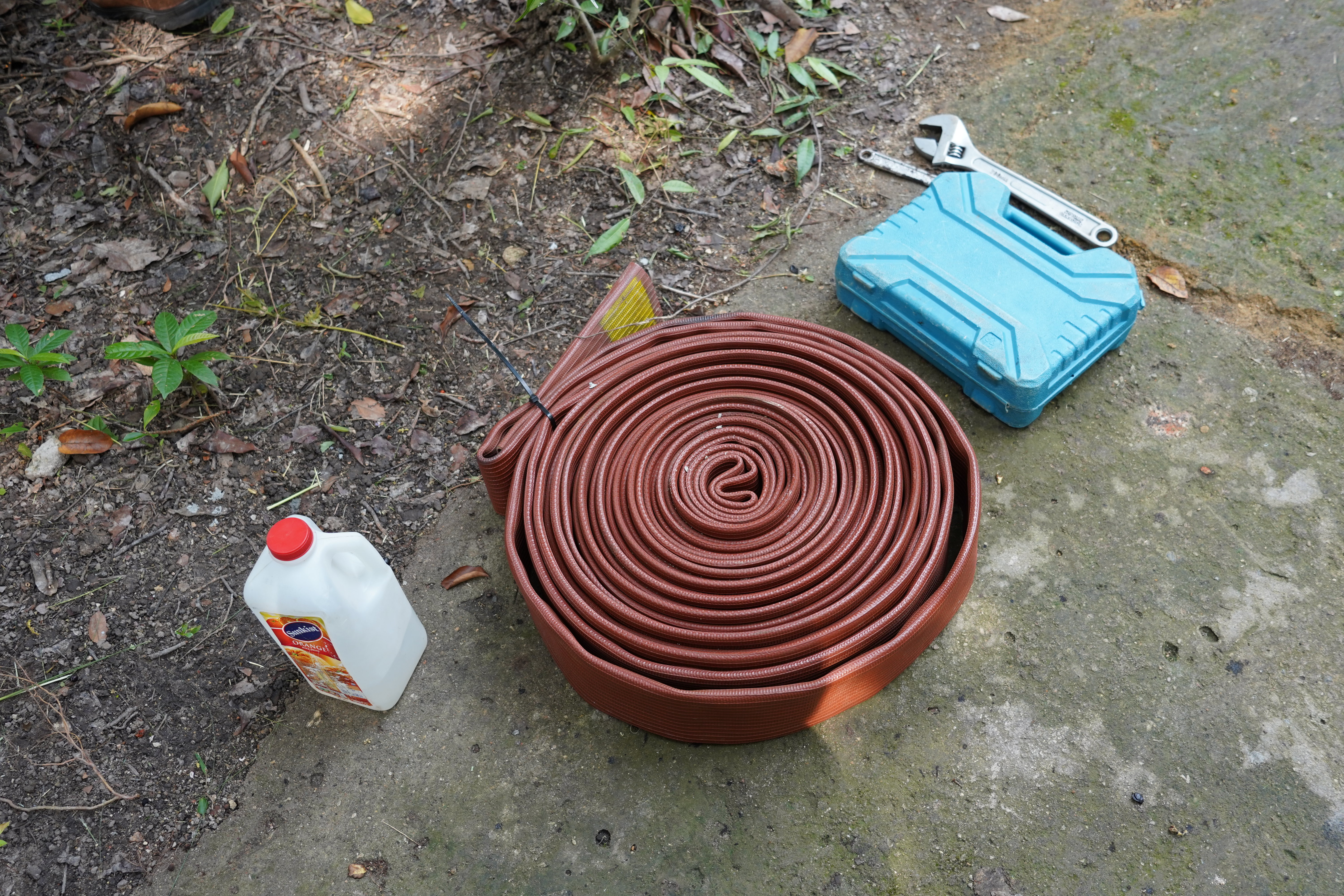 Photo by Natalie Ong
Photo by Natalie Ong
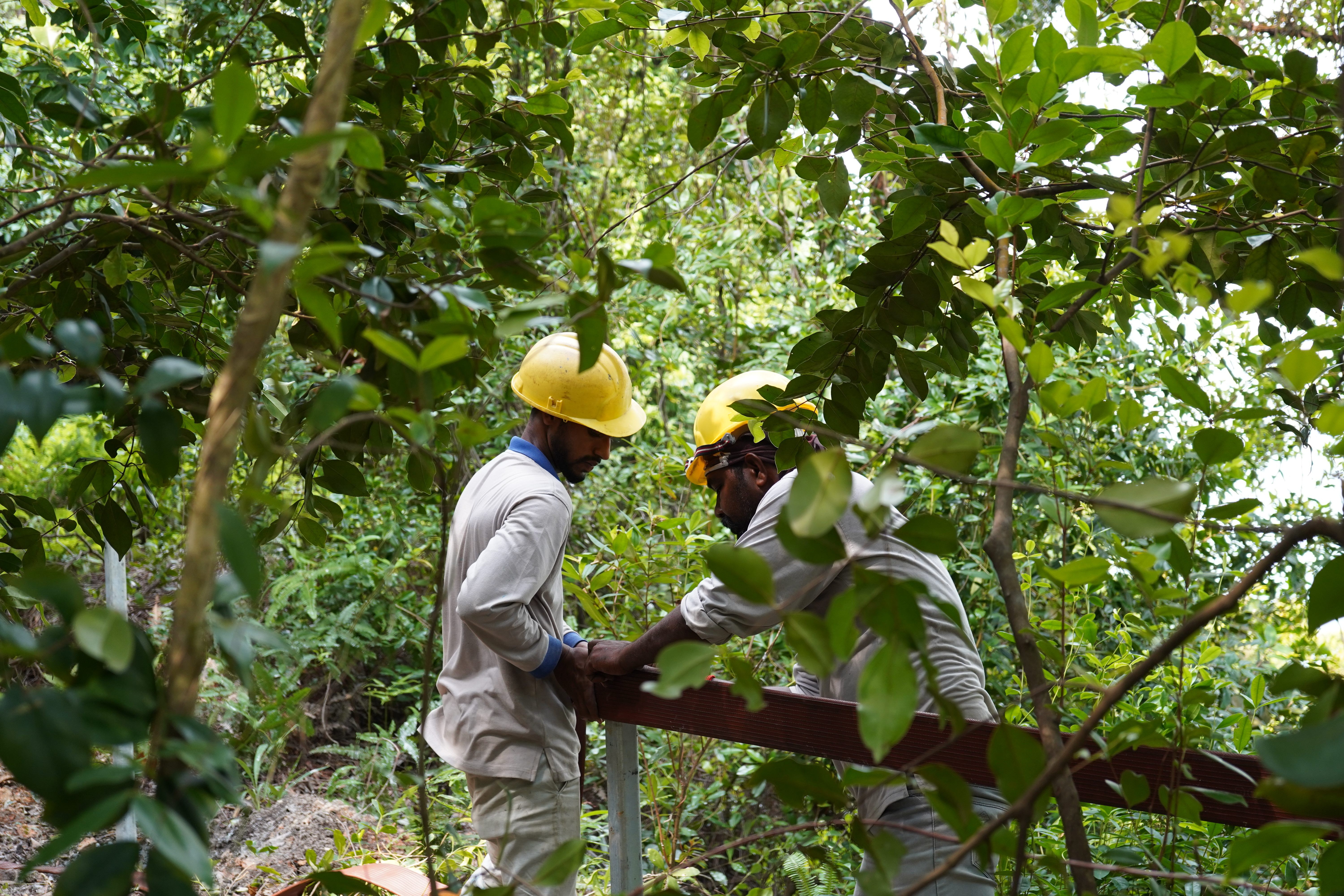 Photo by Natalie Ong
Photo by Natalie Ong
5. Hilltop View Deck
The short hike along the coastal trail will lead you to the highest point of the island — the Hilltop View Deck.
 Photo by Natalie Ong
Photo by Natalie Ong
An ideal vantage point for birders, birdwatchers can keep a look out for the spotted wood owl (Strix seloputo) and white-bellied sea eagle (Haliaeetus leucogaster), amongst others.
If you're lucky, you might even get a glimpse of the critically endangered great-billed heron (Ardea sumatrana).
The deck overlooks the floating boardwalk, and allows one to peer over at its island sibling, where a turtle hatchery sits behind the golden yellow flame tree.
The view speaks for itself.
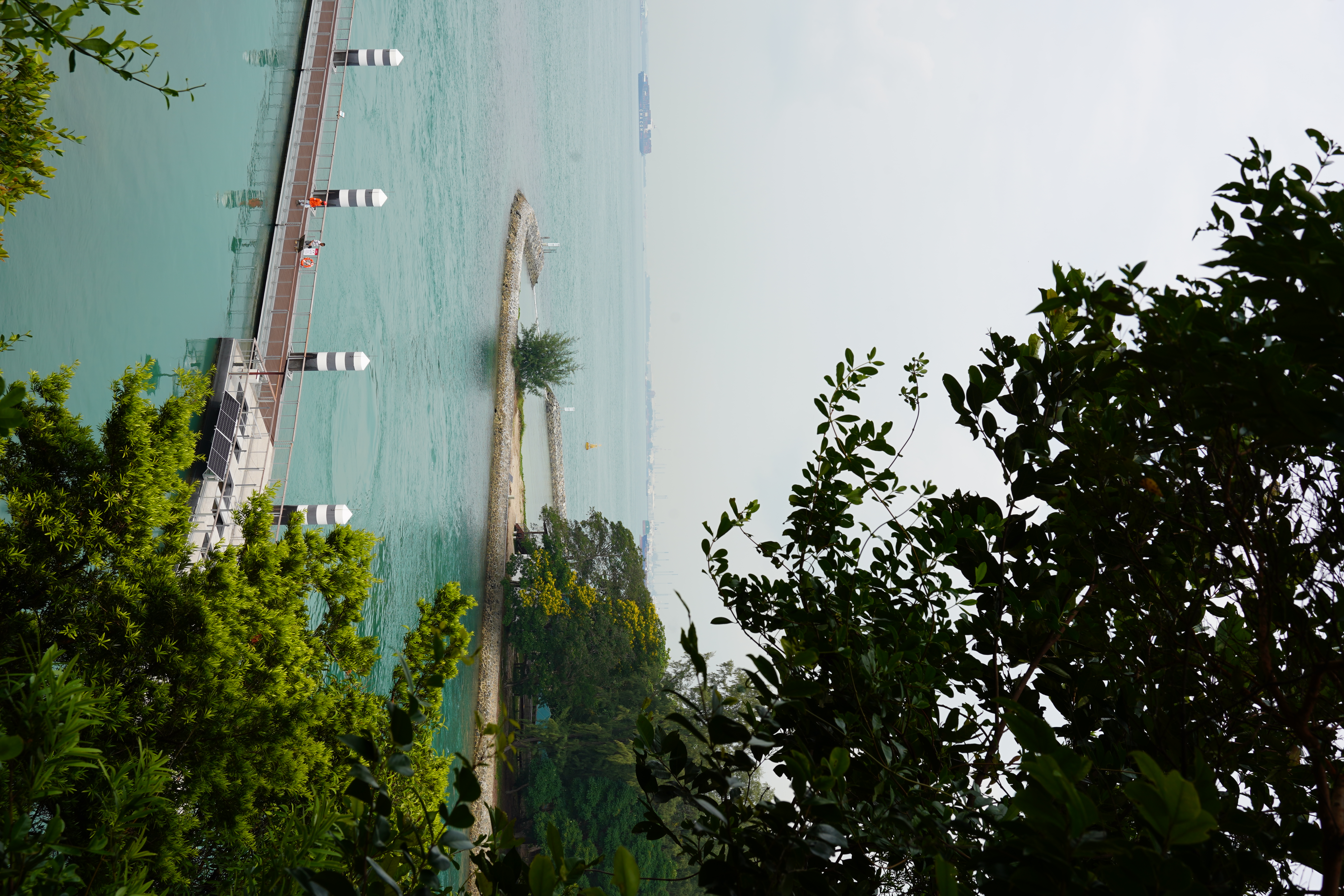 Photo by Natalie Ong
Photo by Natalie Ong
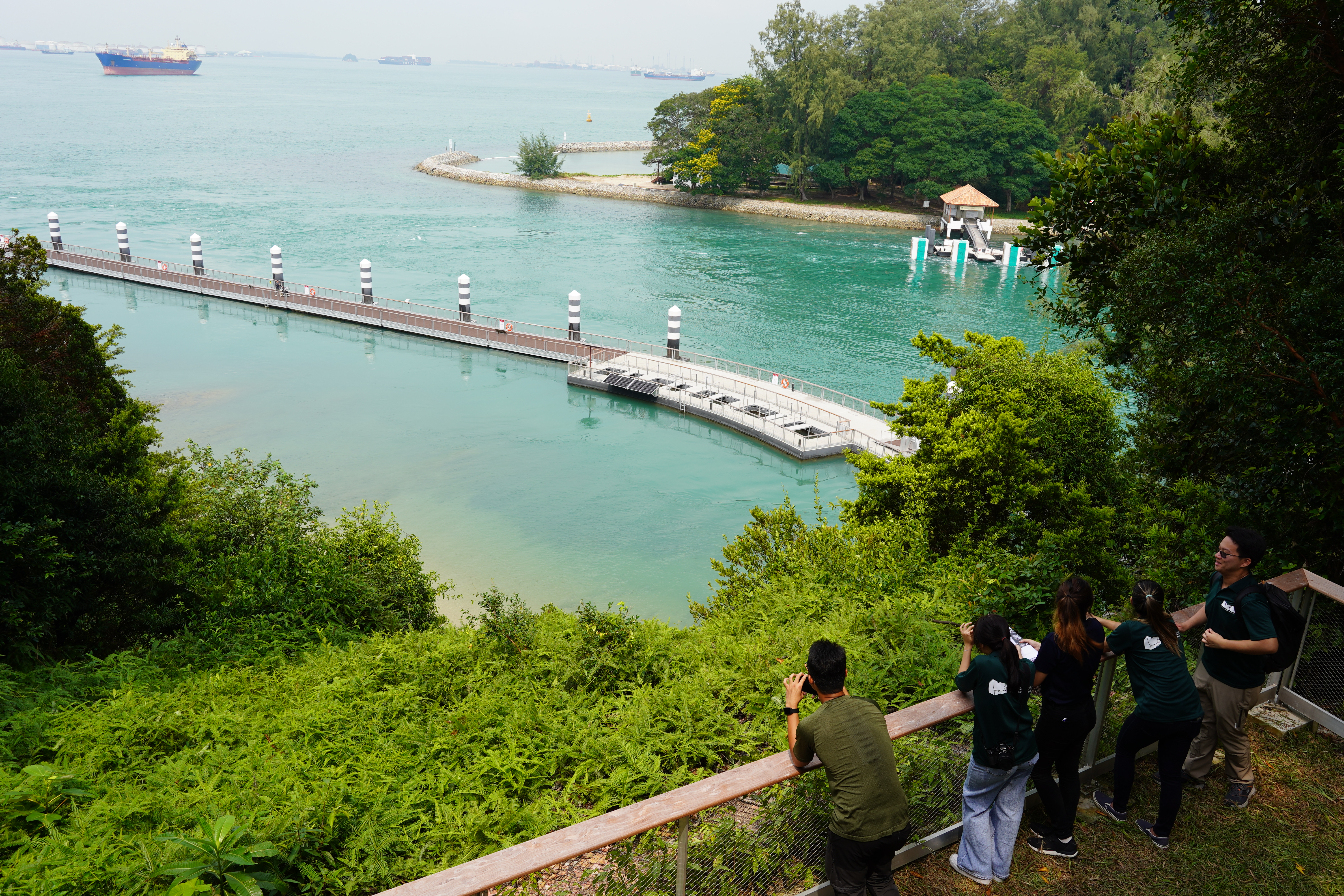 Photo by Natalie Ong
Photo by Natalie Ong
Habitat enhancements
To protect its rich biodiversity, and "further expand and enhance the marine park’s natural capital", habitat enhancement measures were made.
1. Reef enhancement units (REUs)
Upon stepping foot onto the island, visitors will come across these spherical structures along the seawalls and the lagoon's intertidal zone.
These are reef enhancement units (REUs), which were strategically placed to provide additional habitats for corals and marine life.
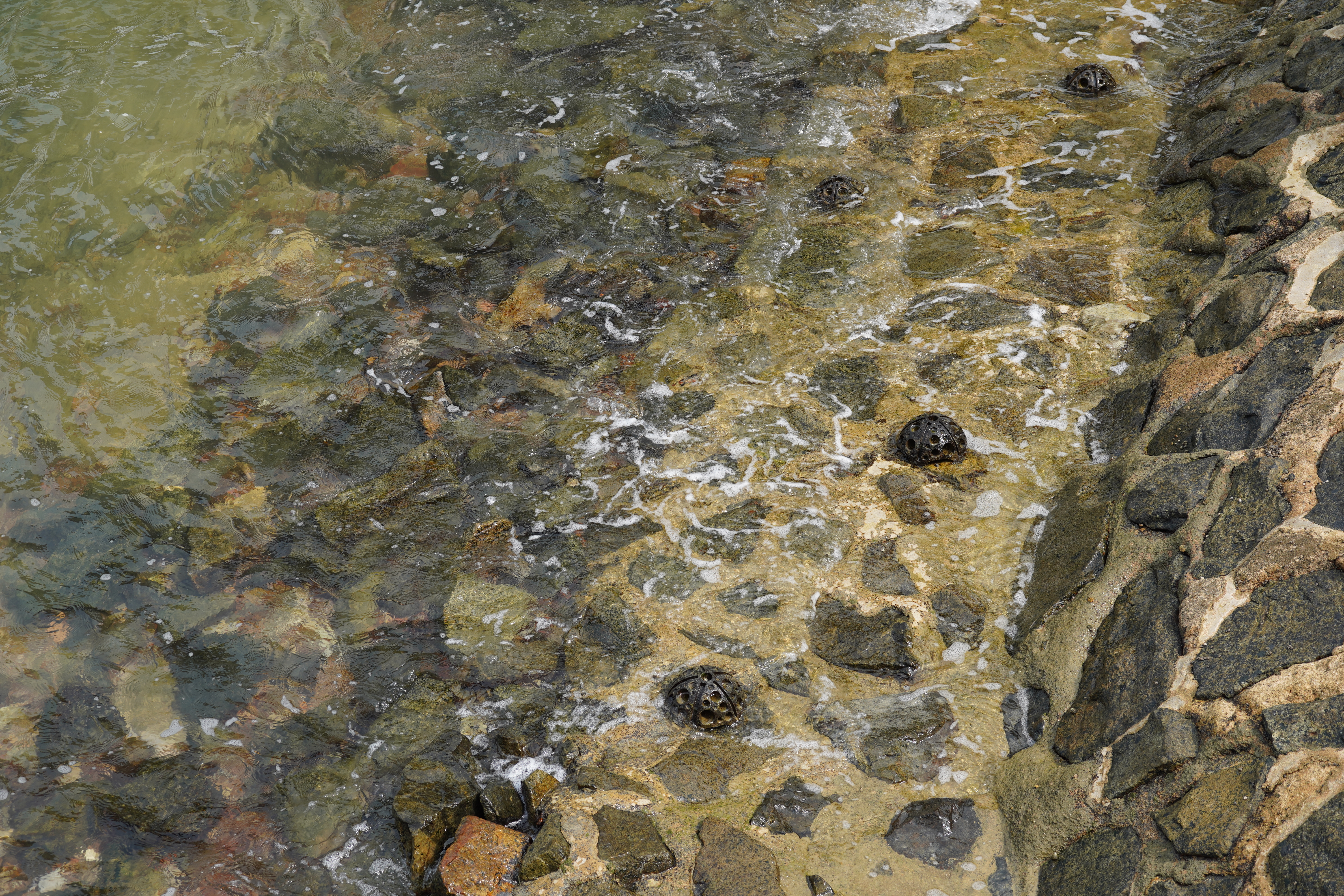 Photo by Natalie Ong
Photo by Natalie Ong
In time to come, one will be able to spot corals as they gradually establish themselves on the REUs.
2. For the birds and the bees (and the bats)
You won't be the only one on holiday mood — the bees, bats and kingfishers will be too.
From a bee hotel to dedicated burrows for kingfishers, and even bat boxes, one will be able to spot these nesting spots and shelters all around the island.
The bee hotel was designed to resemble burrows, cracks and holes to provide solitary bees a sheltered space for nesting.
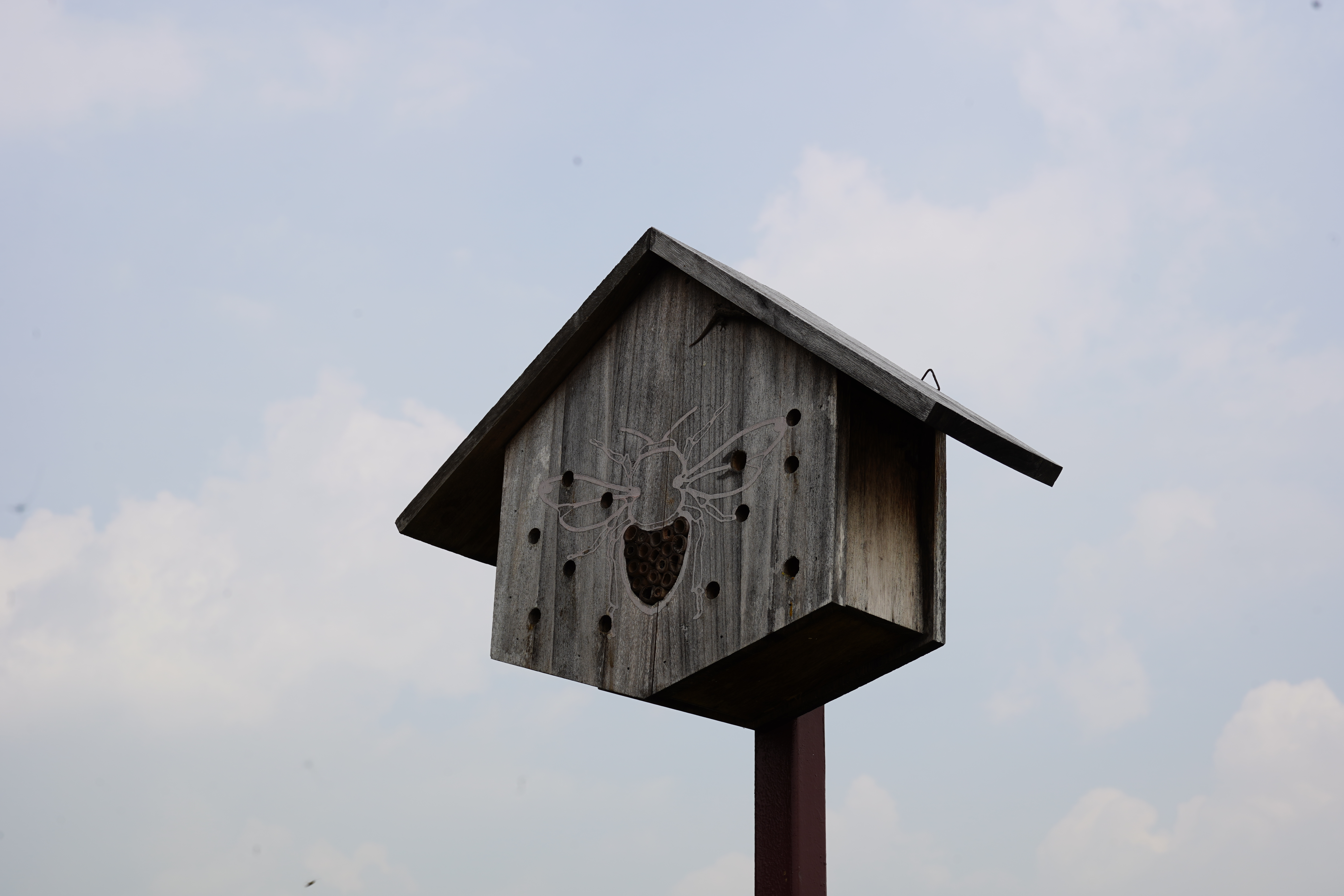 Photo by Natalie Ong
Photo by Natalie Ong
Likewise, the kingfisher burrow was designed the mimic earth banks used by kingfishers and bee-eaters, and features steep walls made of compact earth to deter predators from entering.
Bat boxes also add to the available roosting sites for bats.
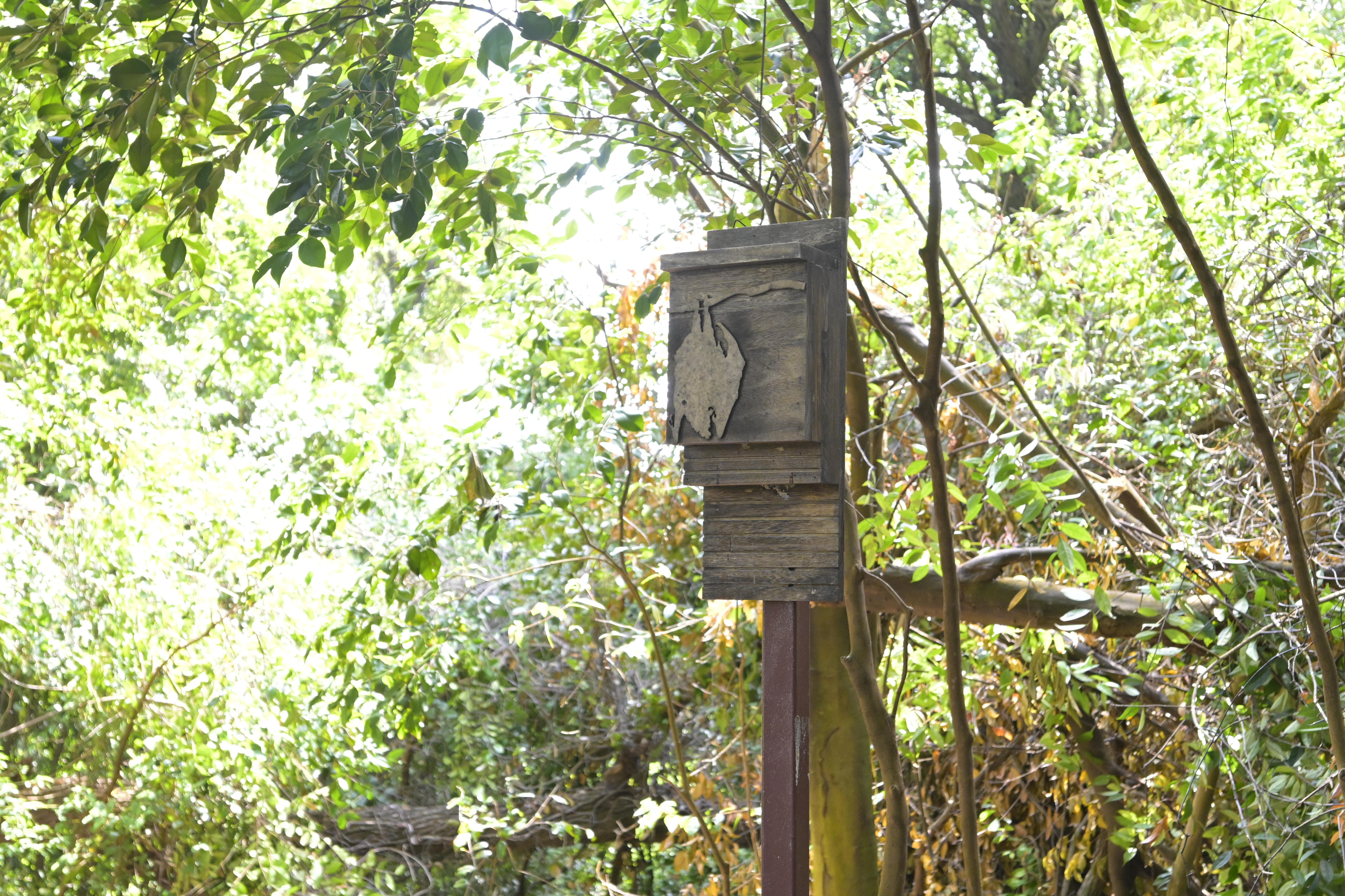 Photo from NParks
Photo from NParks
3. Wildlife piles
Aquatic-themed wildlife piles, made from natural materials such as branches and logs, also serve as additional food and shelter for small mammals, reptiles and insects.
Take a look at this Nemo-themed one.
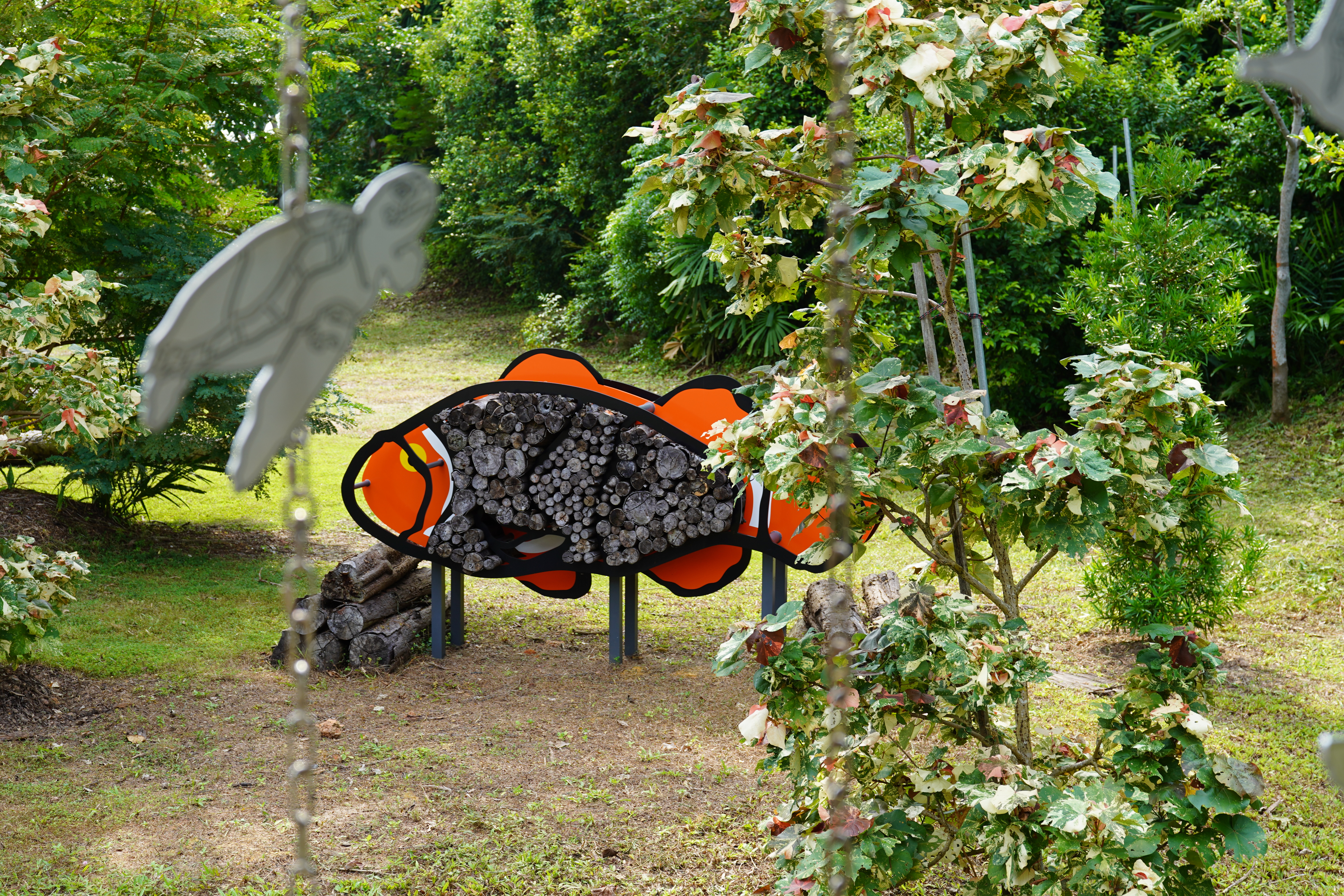 Photo by Natalie Ong
Photo by Natalie Ong
Net-zero energy island
There is currently no power supplied to the island, and installing an undersea cable would be too costly, NParks shared.
Hence, a solar farm comprising 88 emission-free solar panels was installed to meet the marine park's electricity consumption of 19,000 kWh annually.
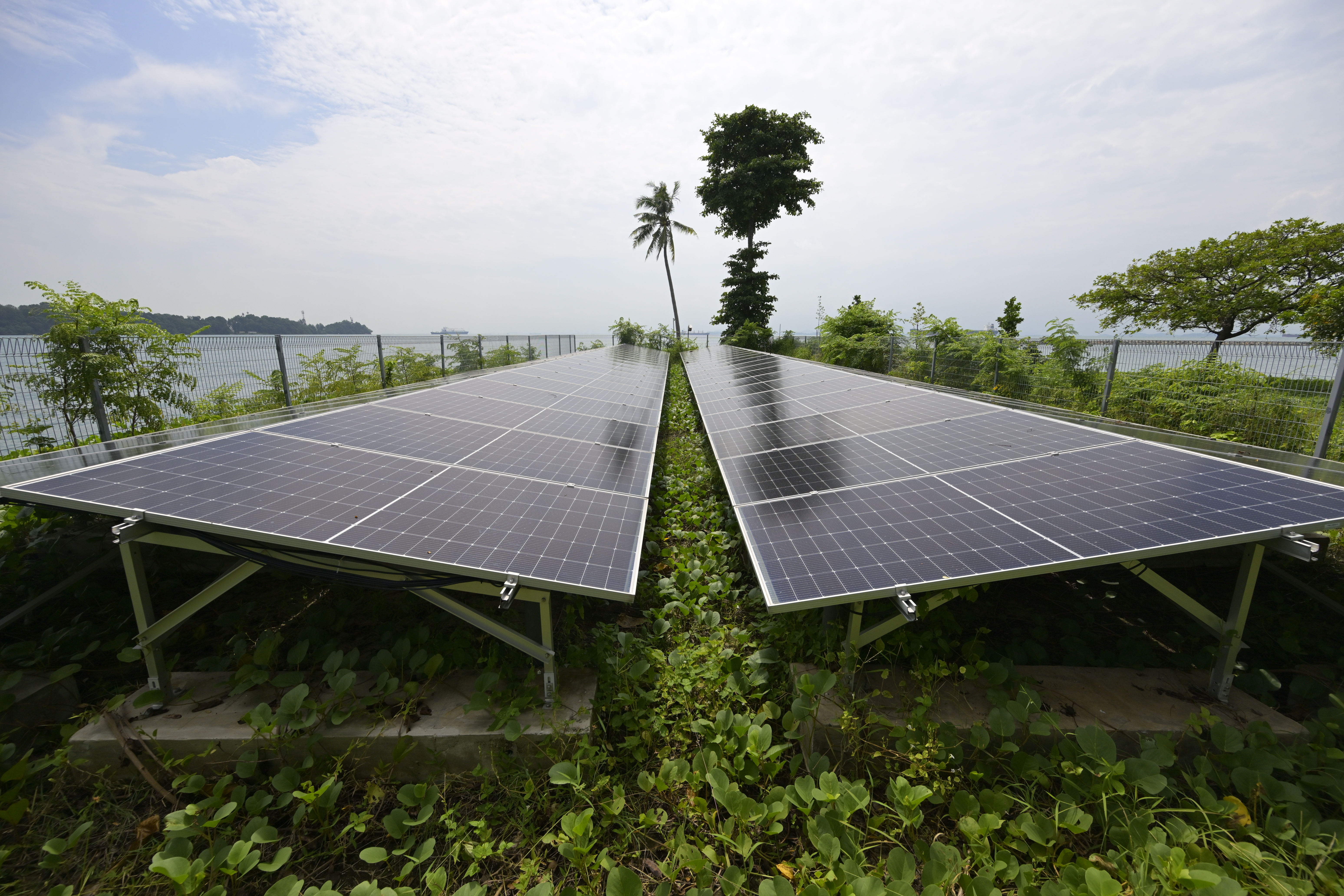 Photo from NParks
Photo from NParks
The energy is thereafter used to power a desalination plant, providing a reliable source of clean water without the need for importing it from the mainland.
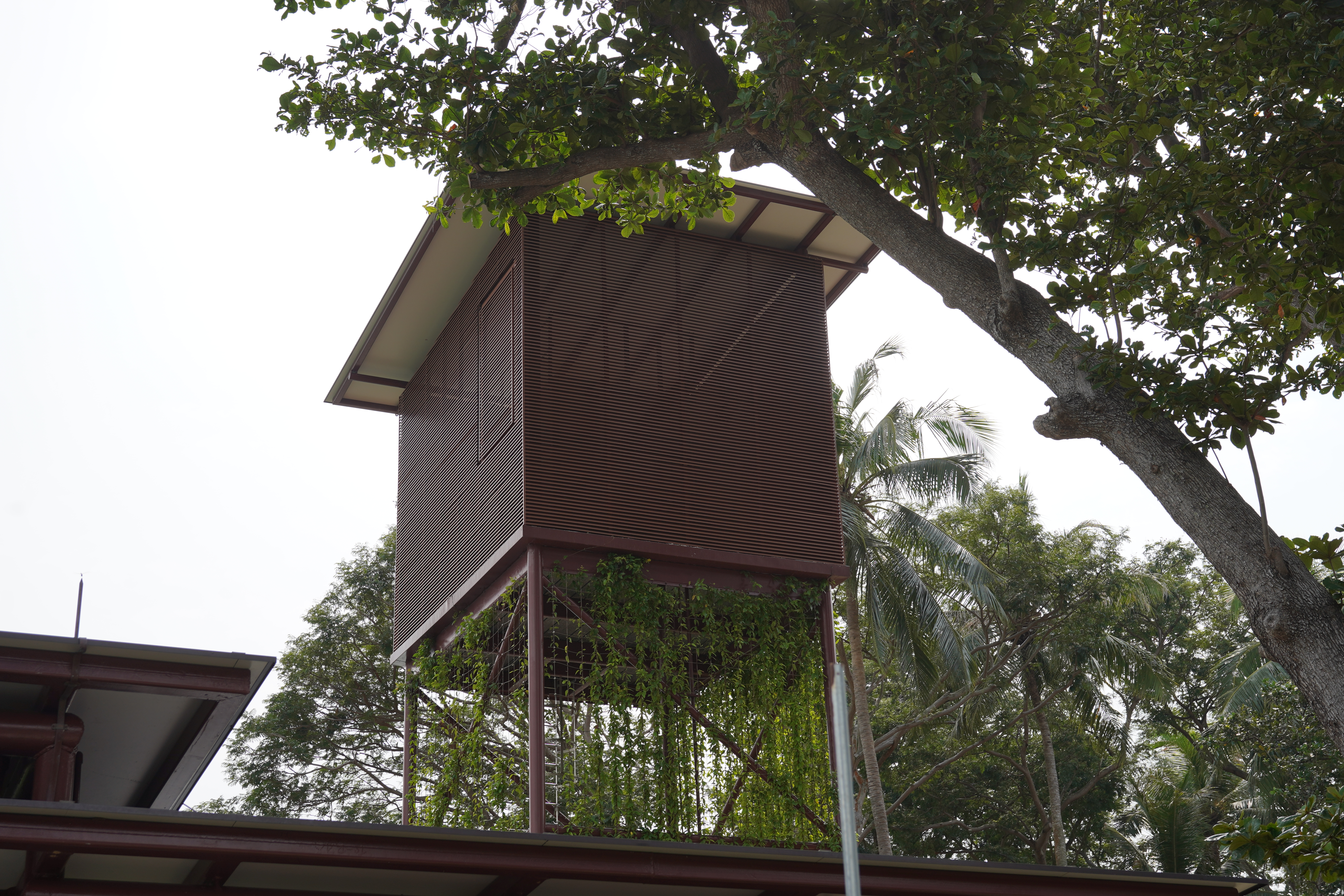 Photo by Natalie Ong
Photo by Natalie Ong
Storing the water at a high elevation in a water tower allows water to be distributed to toilets and shower facilities without a power source, and instead, by gravity.
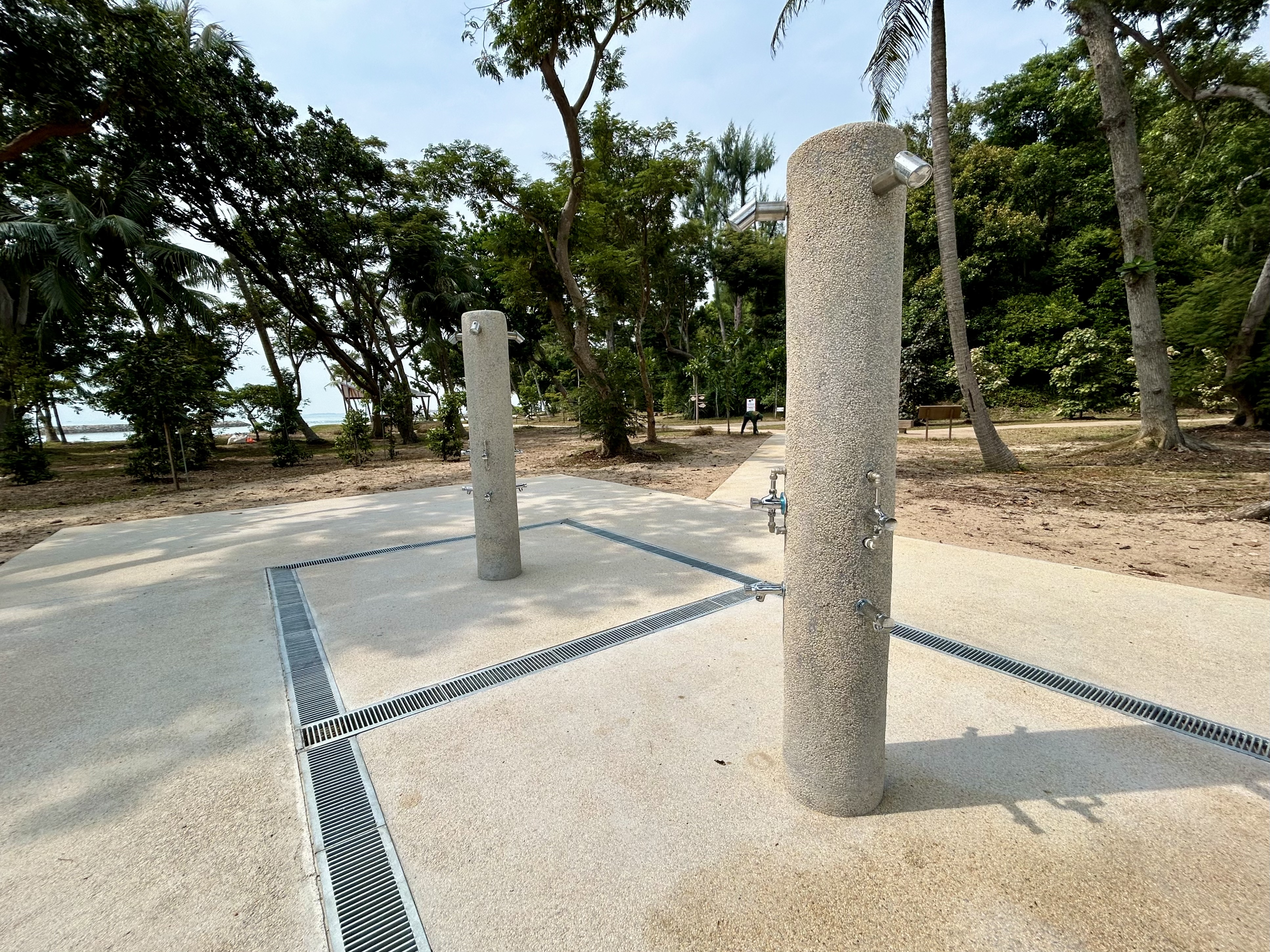 Photo by Natalie Ong
Photo by Natalie Ong
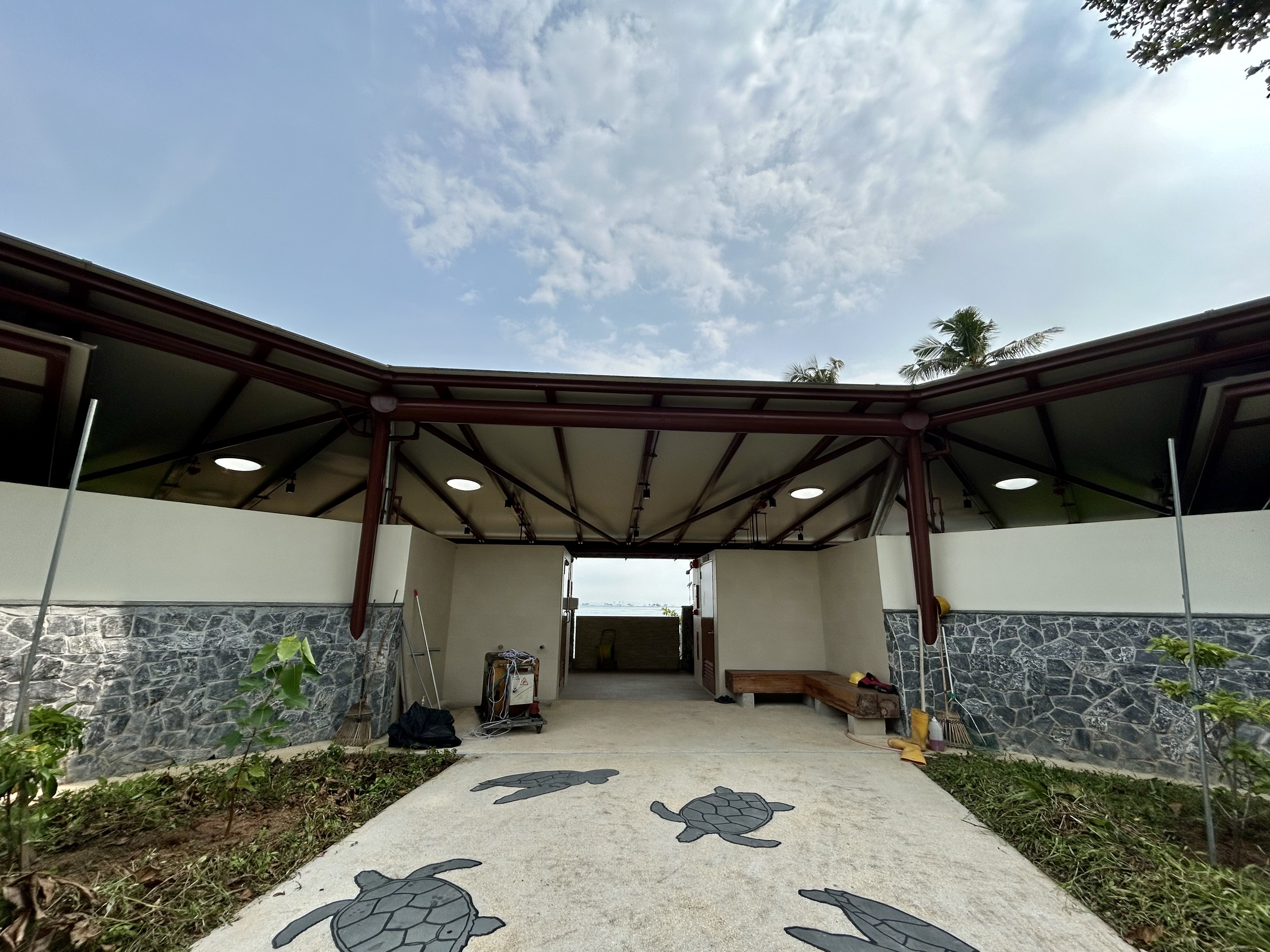 Photo by Natalie Ong
Photo by Natalie Ong
Environmentally friendly, and with a sea side view? Say less.
 Gif by Natalie Ong
Gif by Natalie Ong
Overall verdict
The island is also incredibly walkable.
There are many rest stops, made out of recycled wood, for one to ease into the island life as well.
However, it is important to note that there aren't any provision shops nor water coolers around, and visitors will need to bring plenty of water and snacks.
Here's a map of the island:
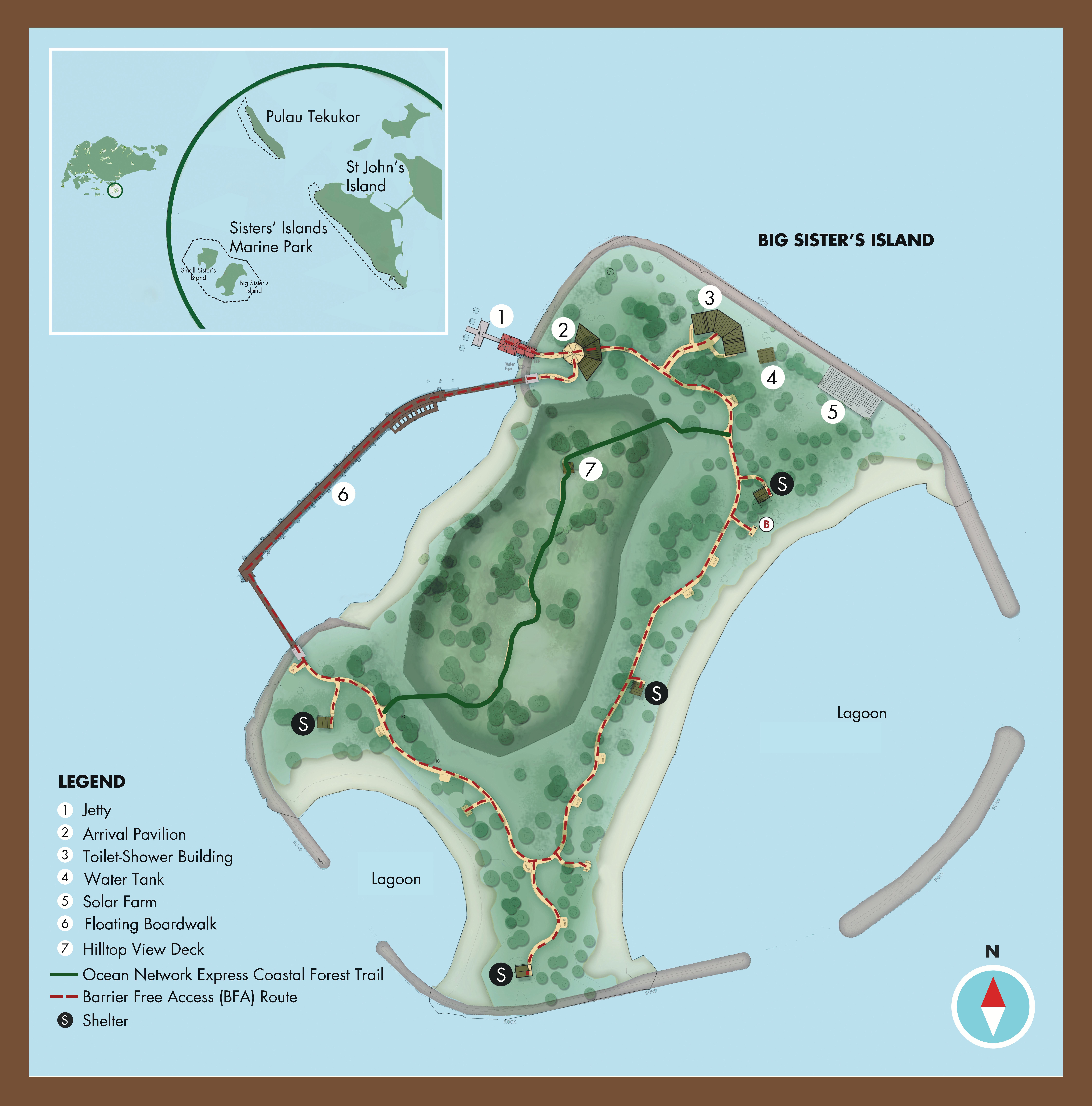
Admission to the Sisters' Islands Marine Park is free for all visitors.
While the marine park opens on Oct. 28, ferry operations will only start from Oct. 29.
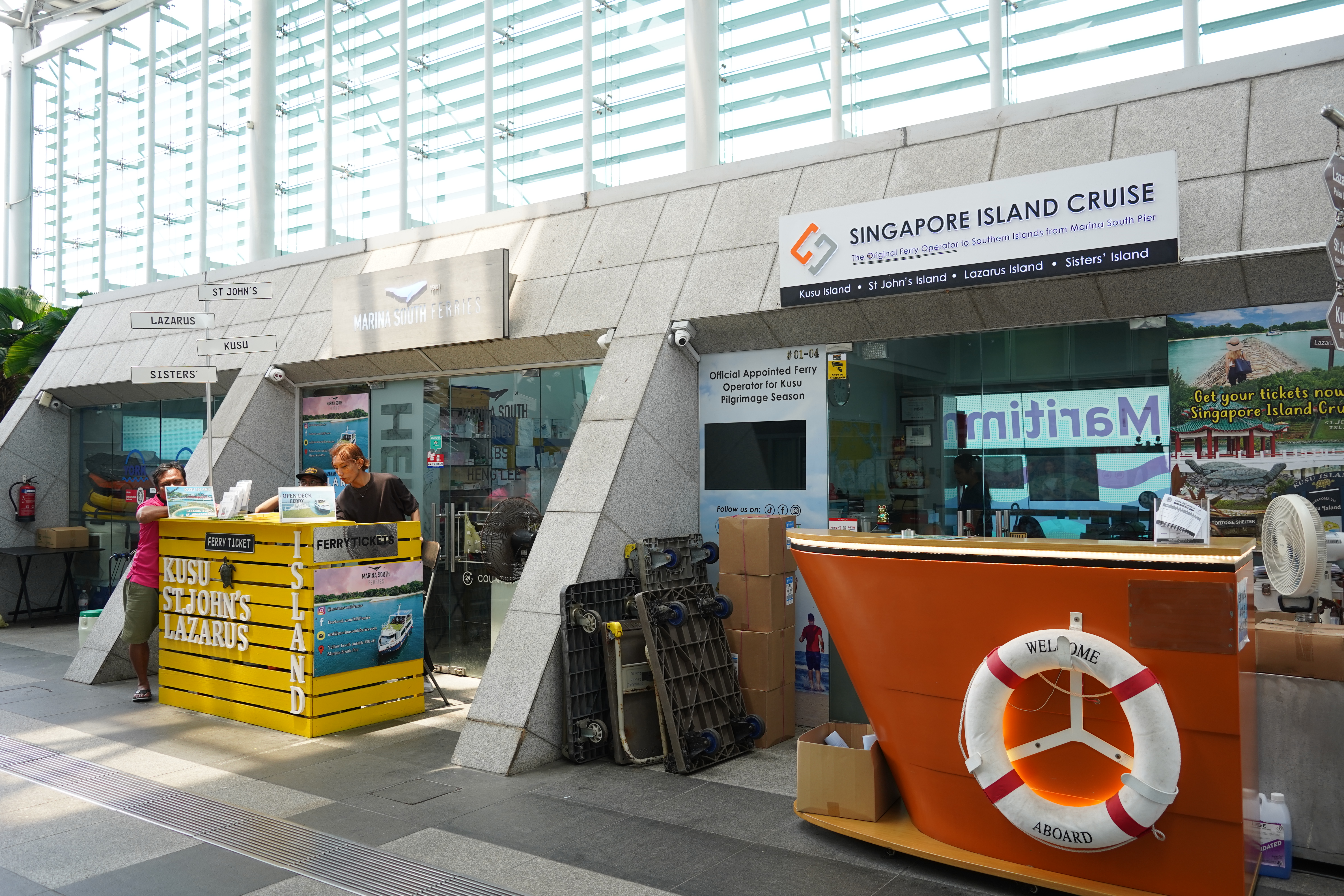 Photo by Natalie Ong
Photo by Natalie Ong
Visitors can get there via ferry services from Marina South Pier.
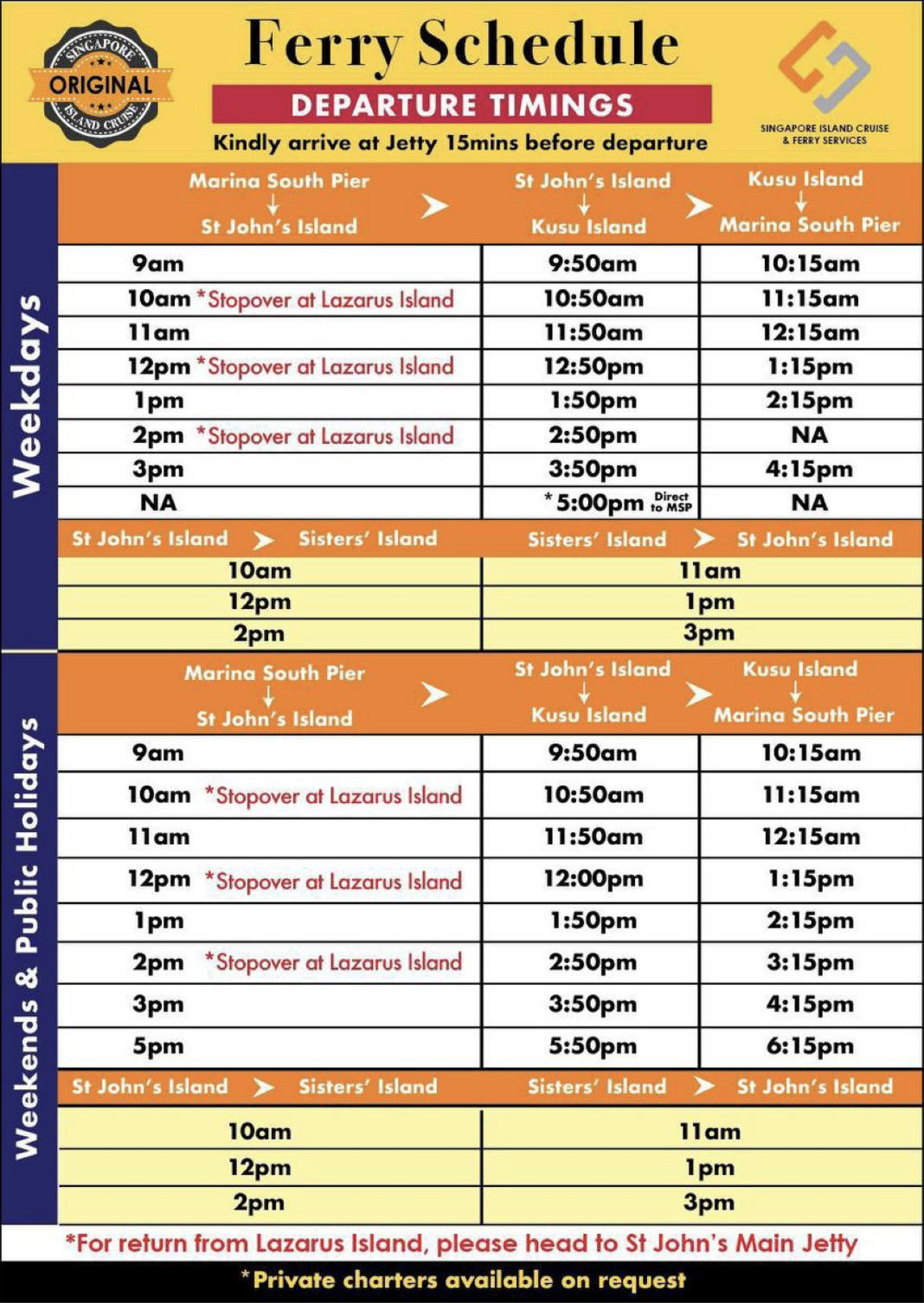
Opening hours: 7am to 7pm, daily
Do note that camping, barbecuing and fishing are prohibited on this island.
Top image by Natalie Ong and from NParks
MORE STORIES



